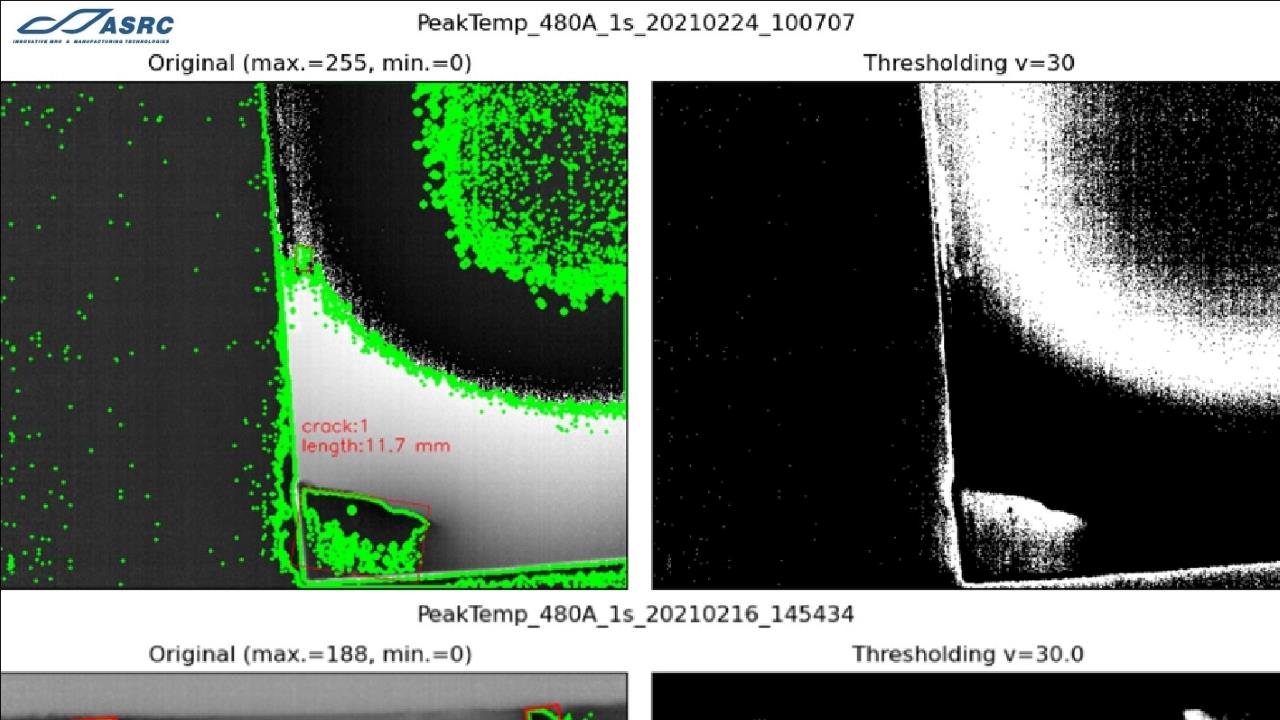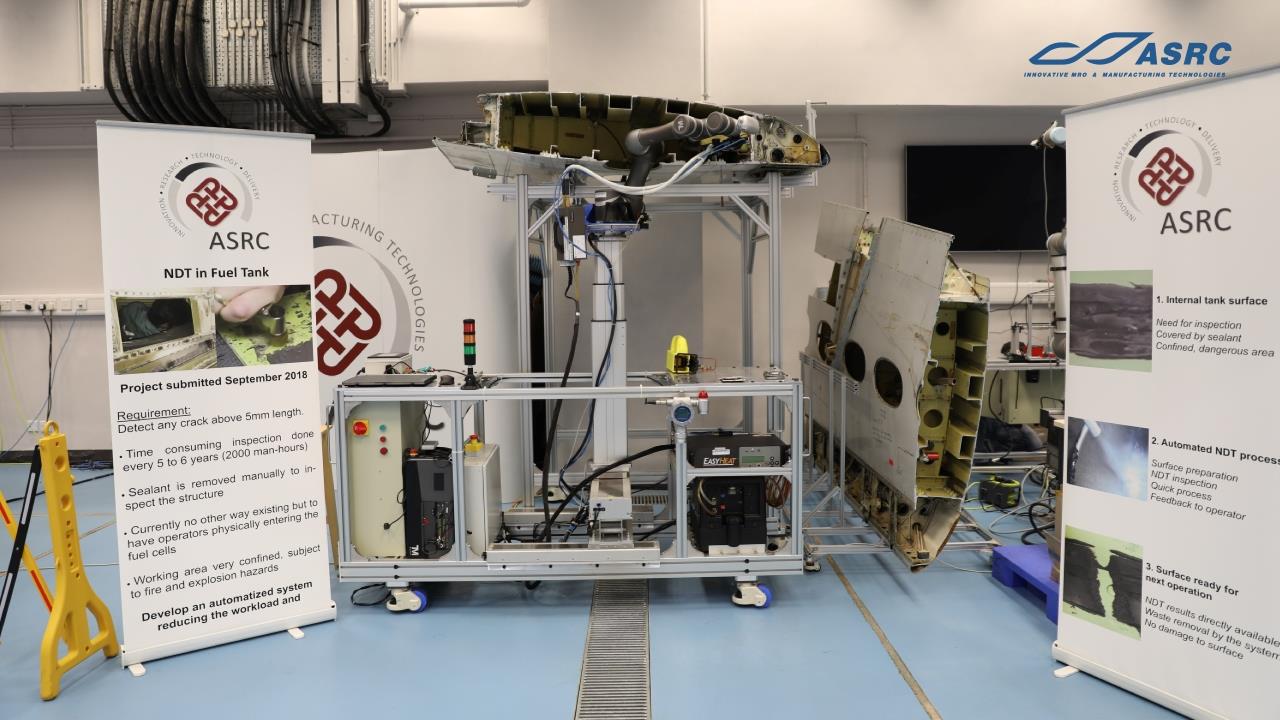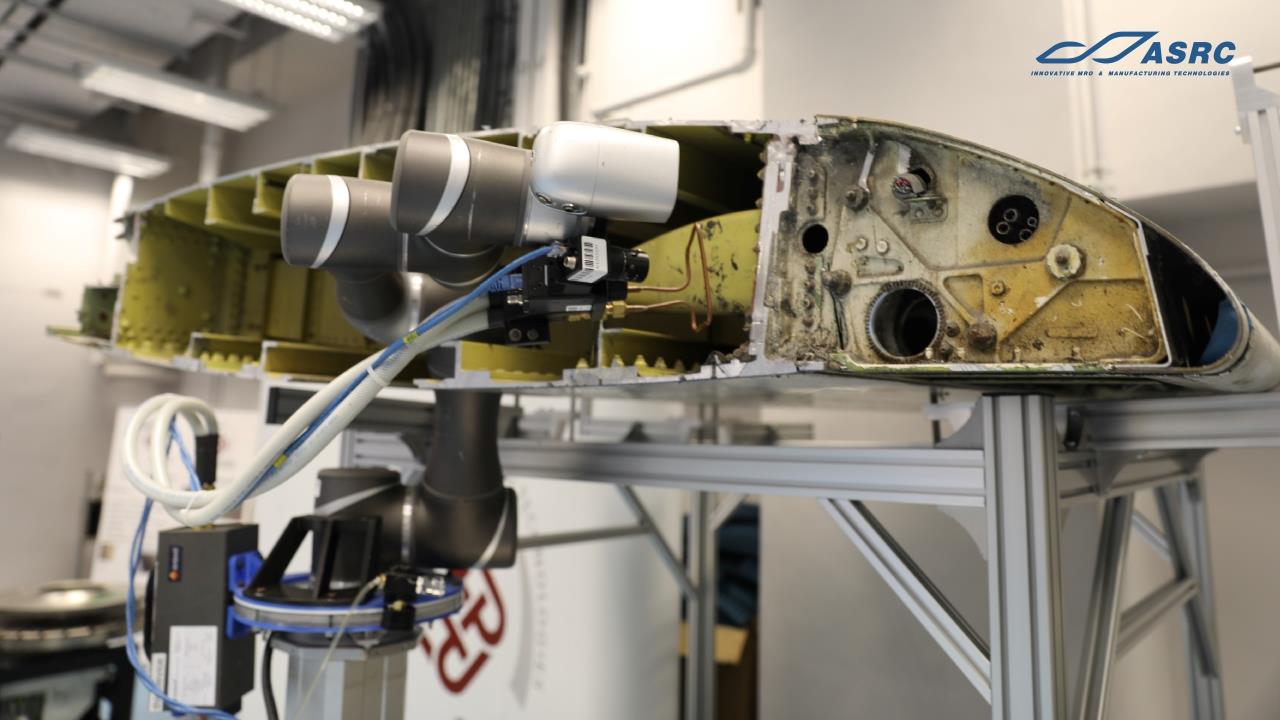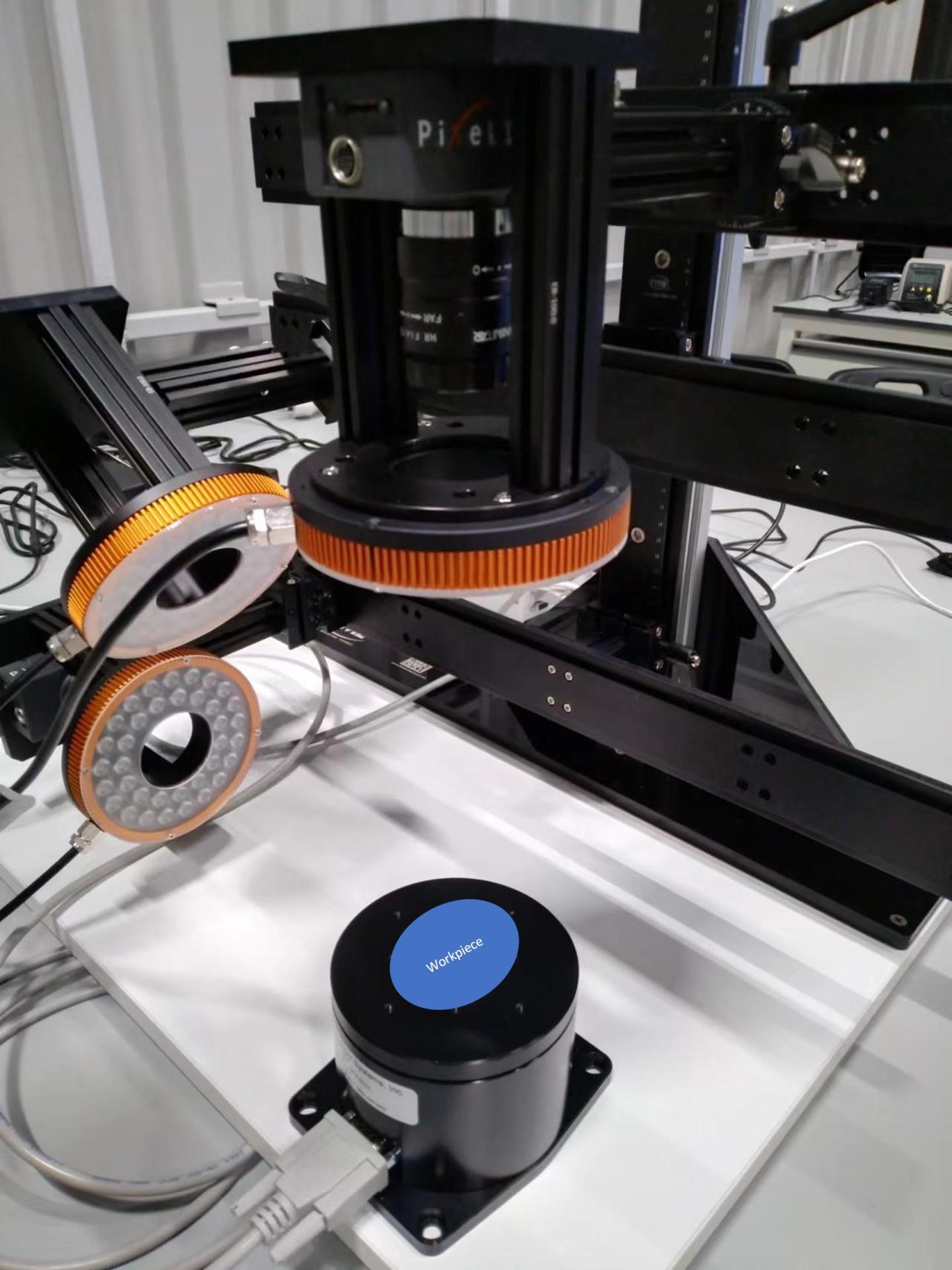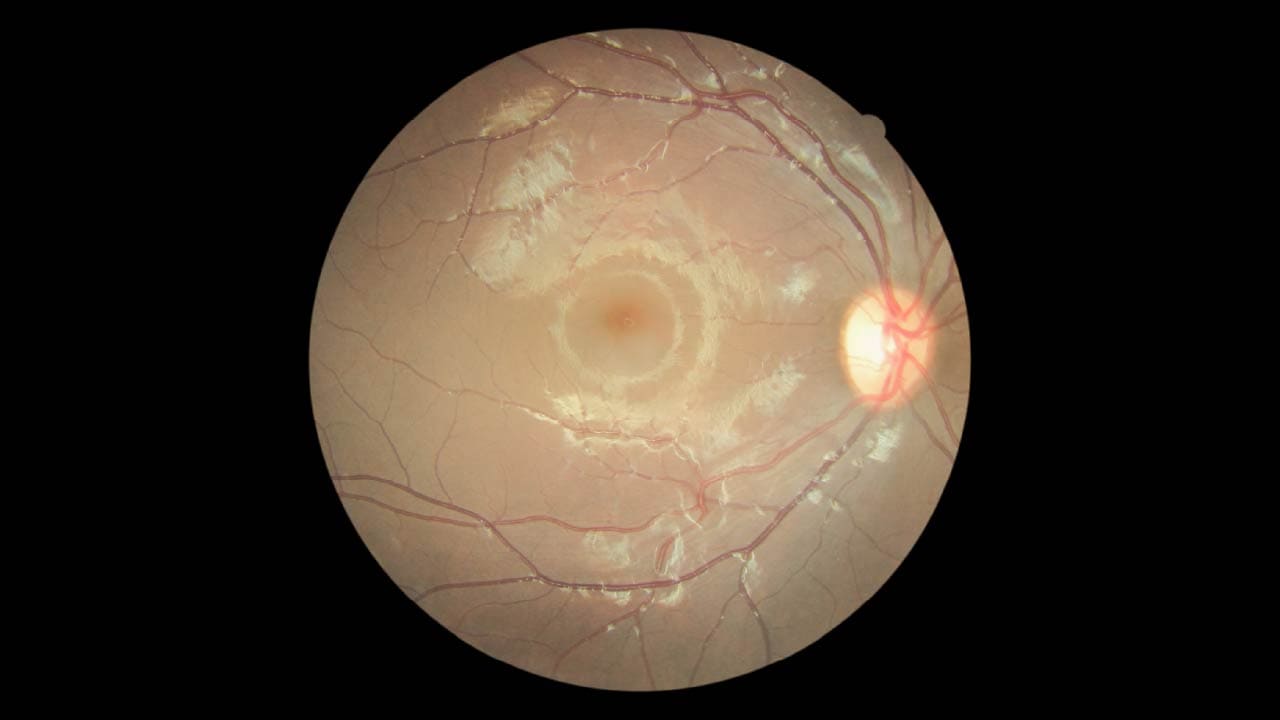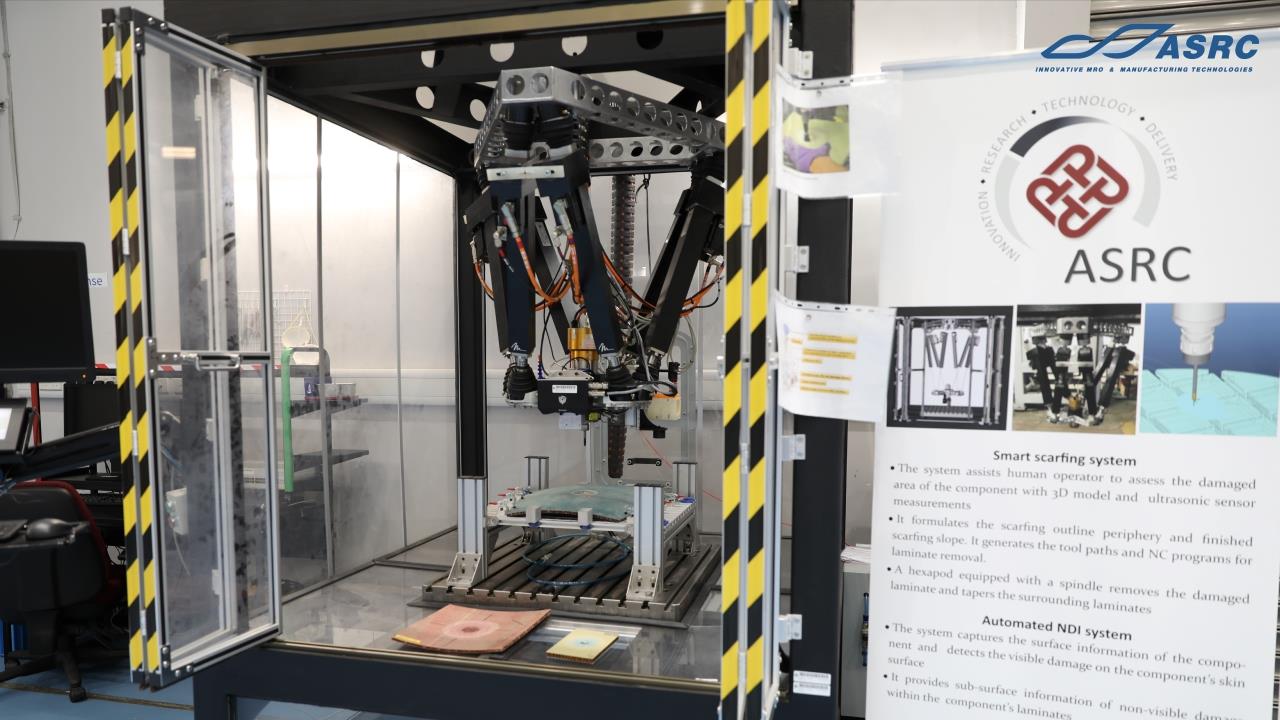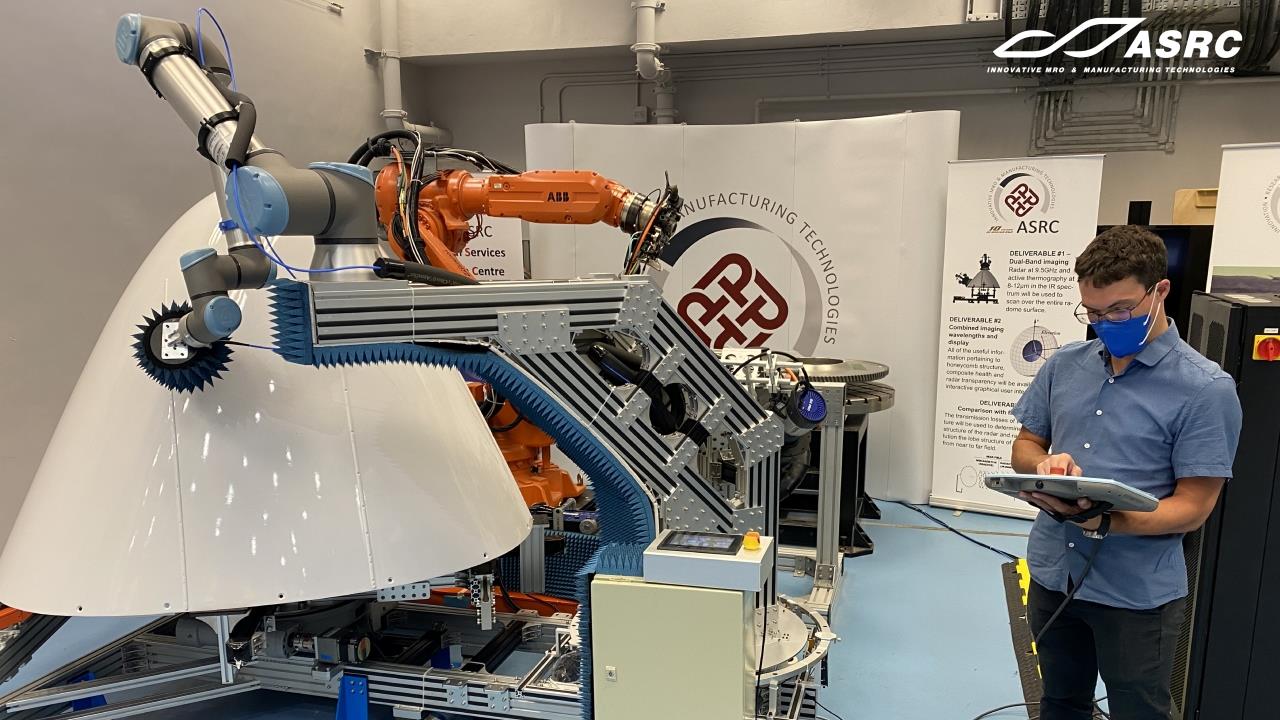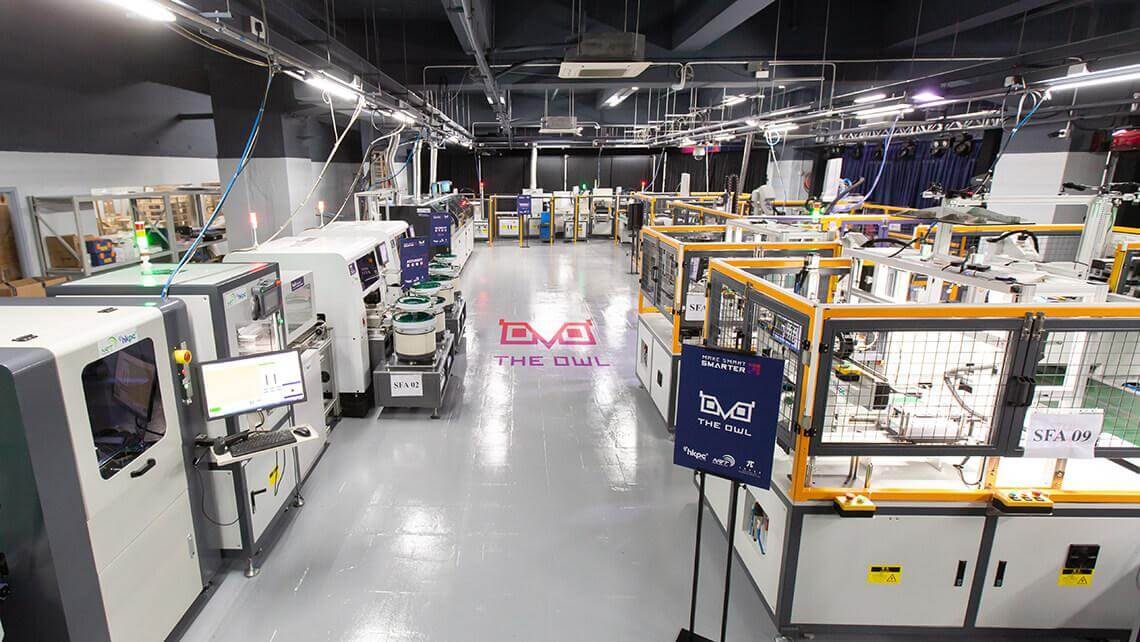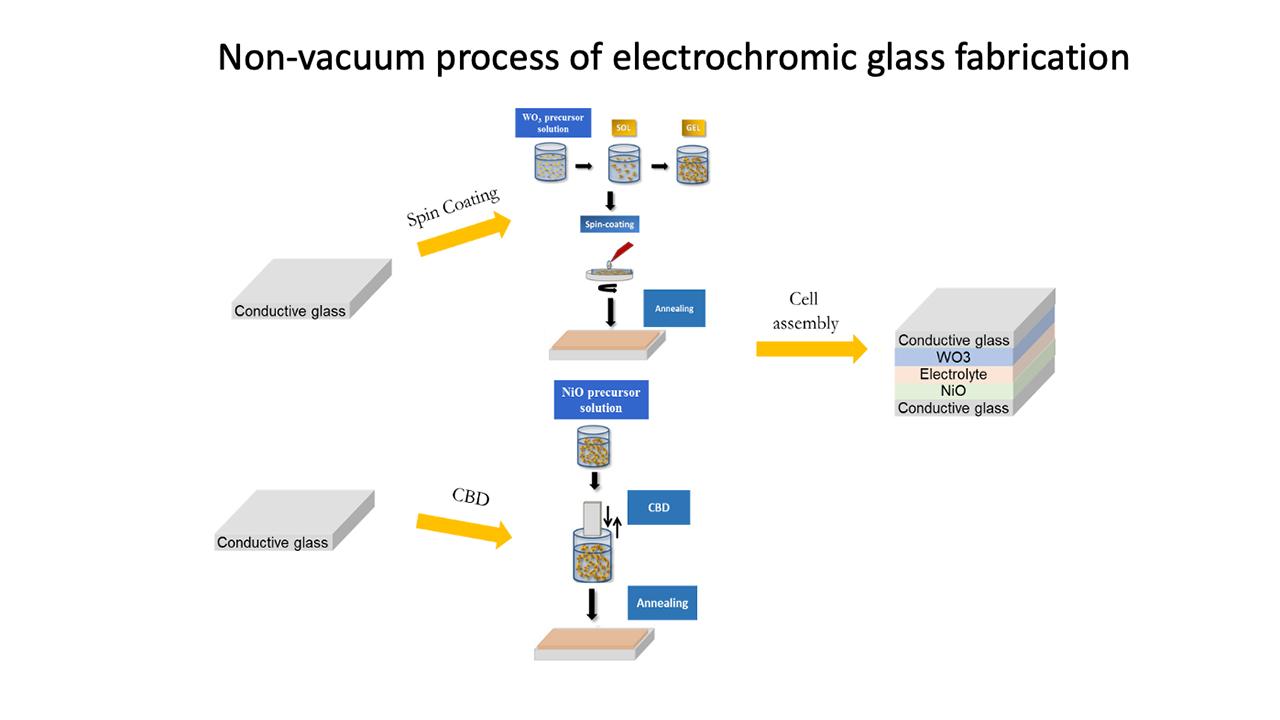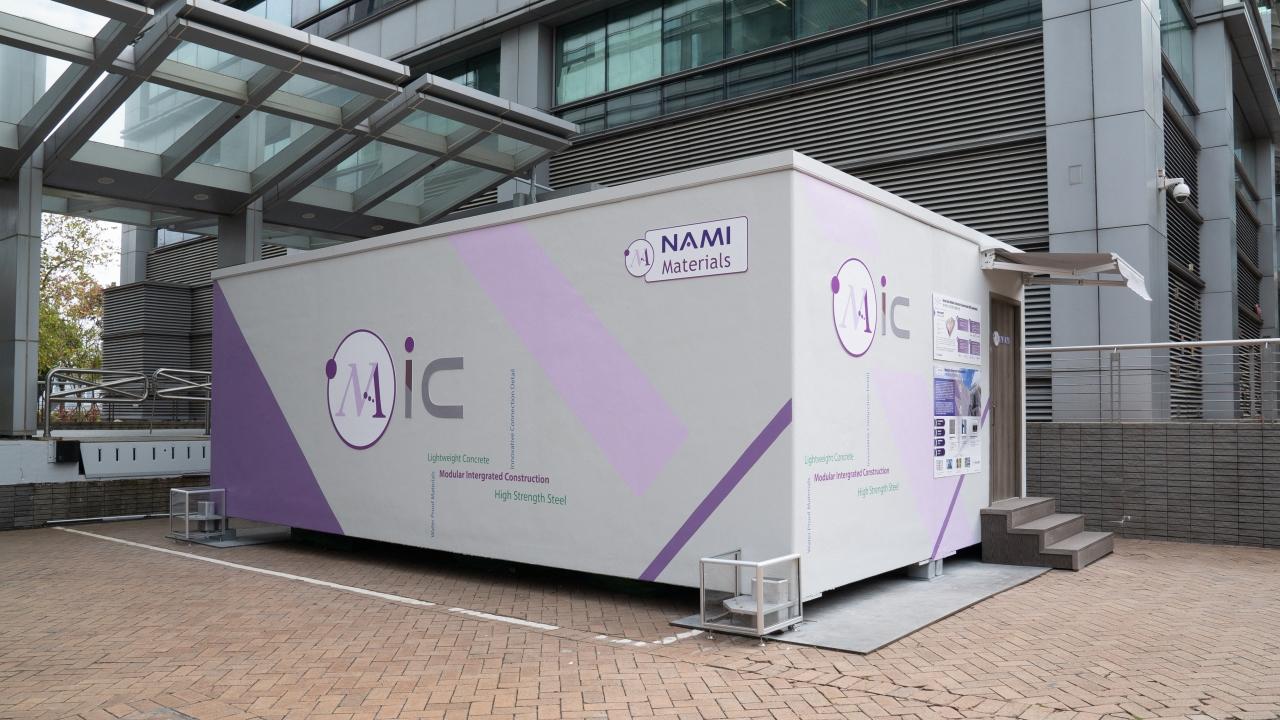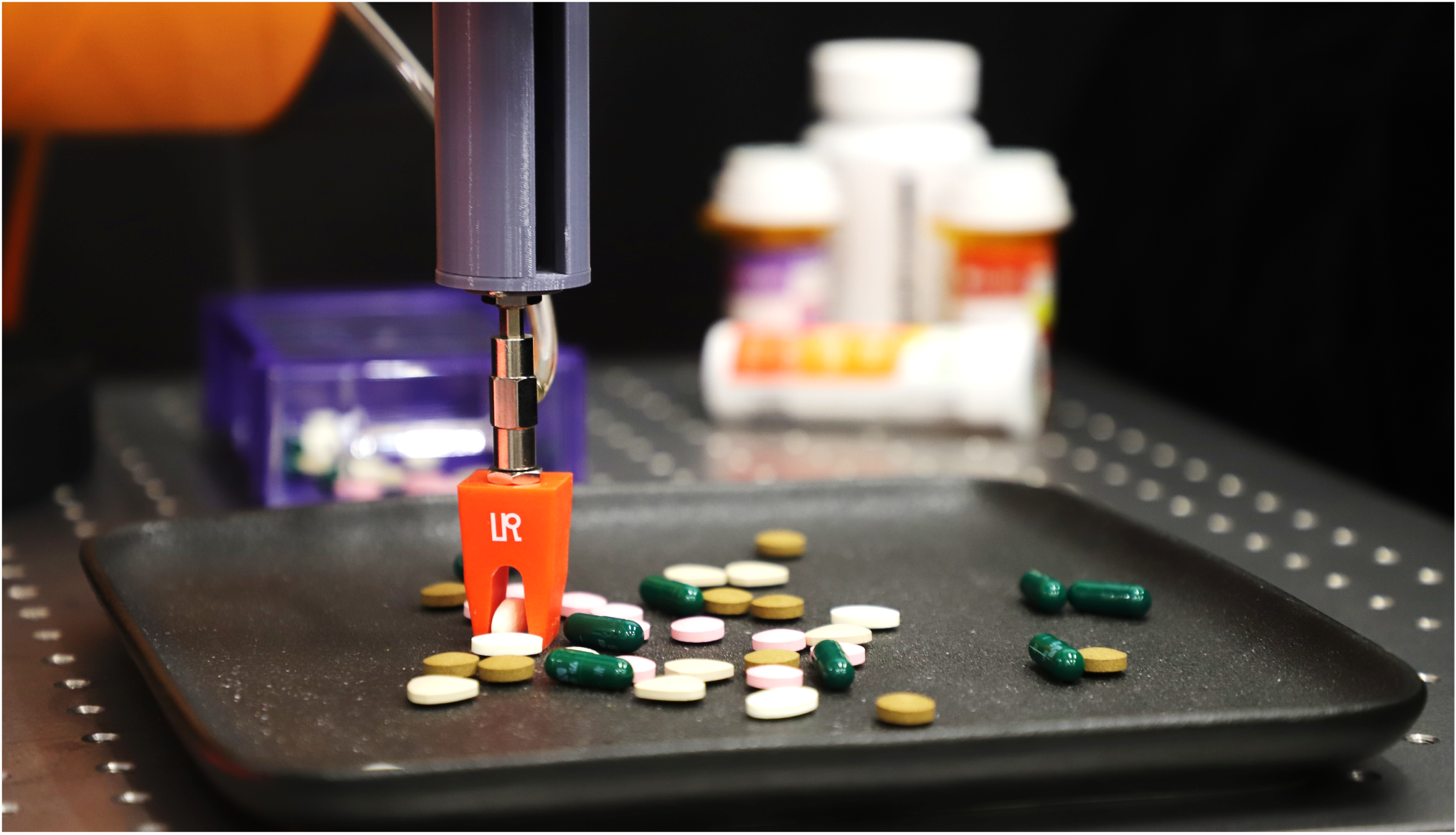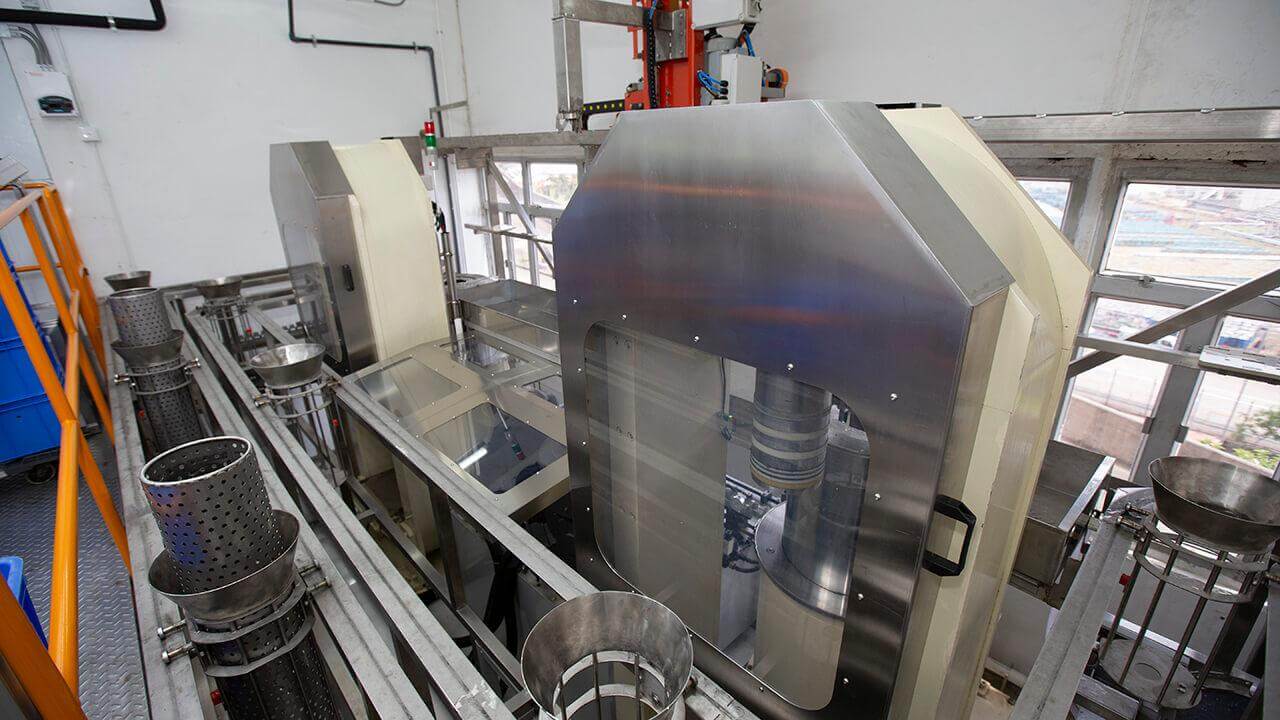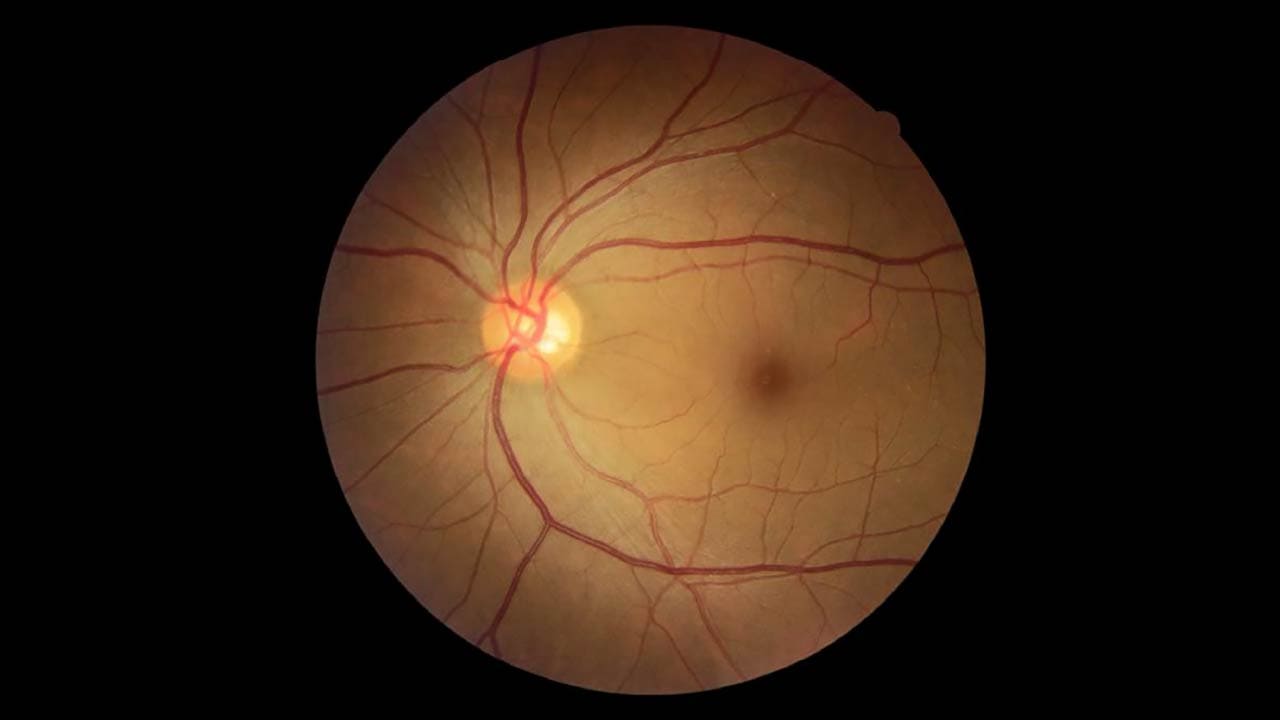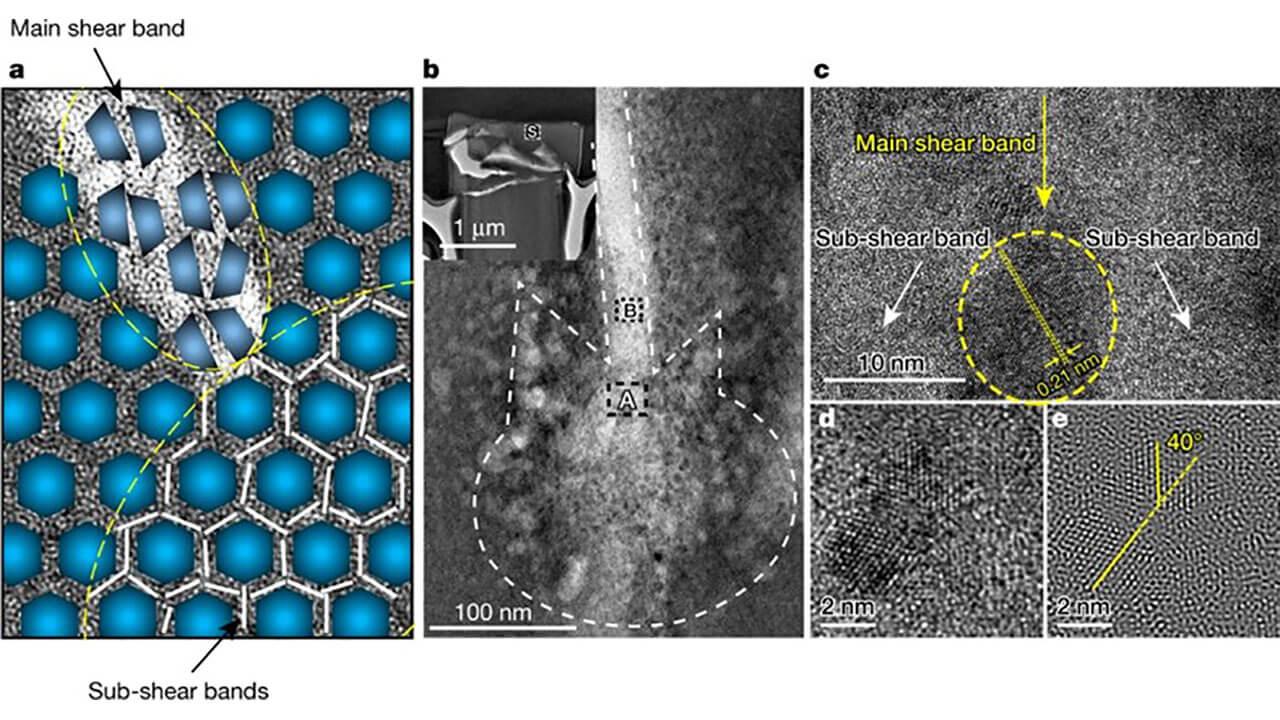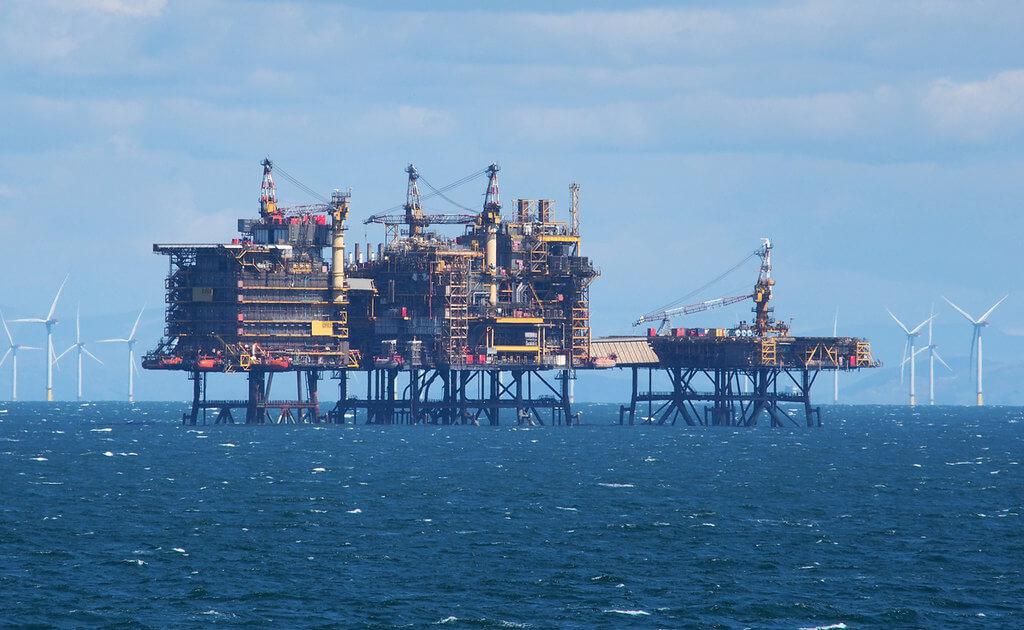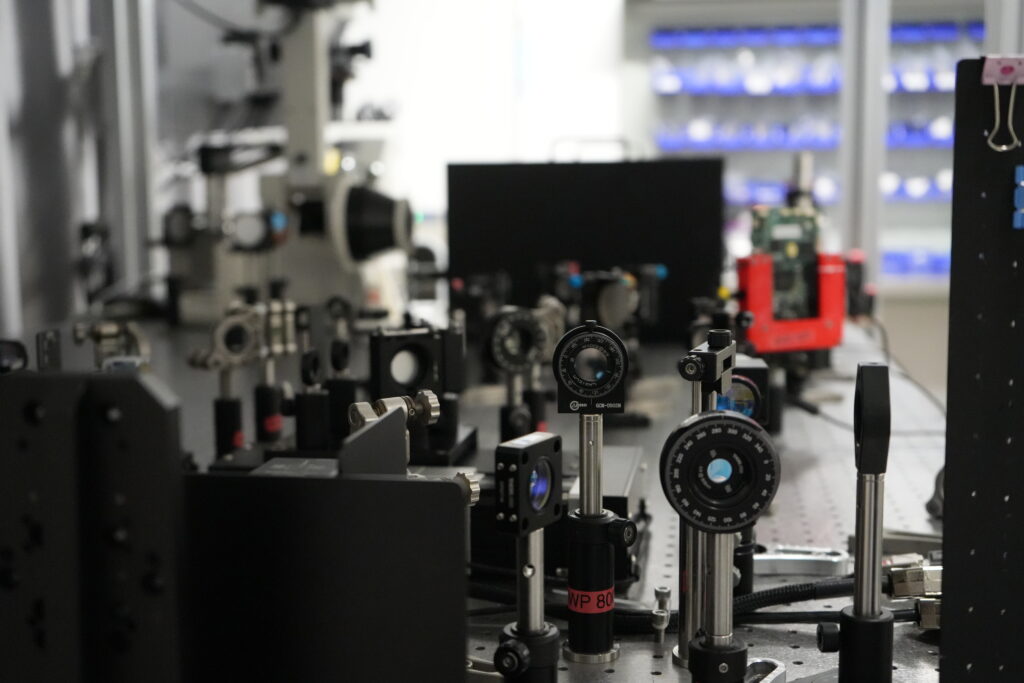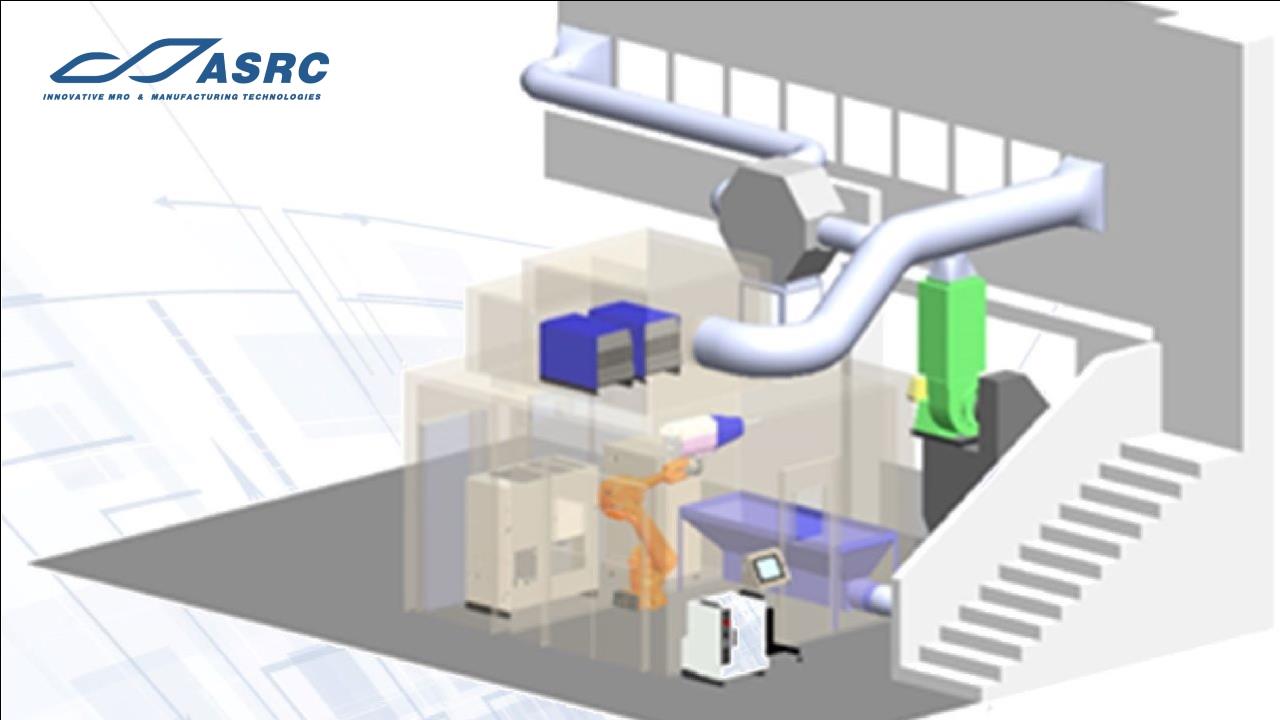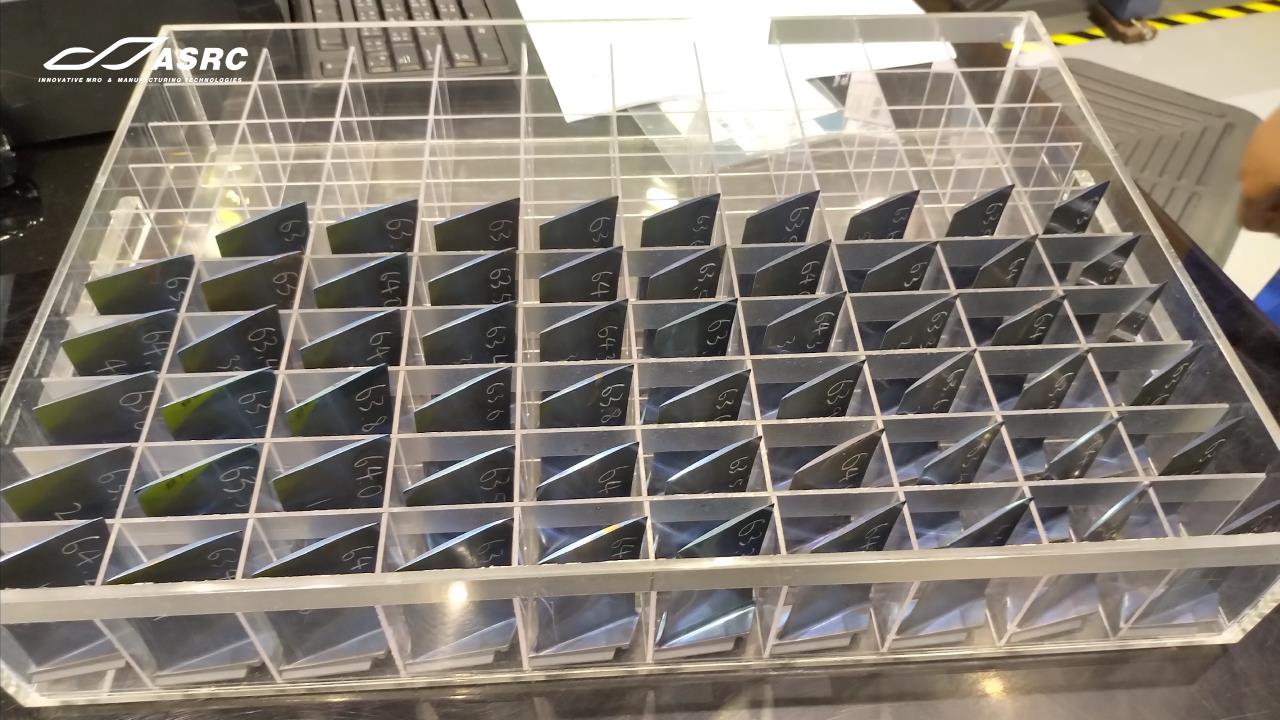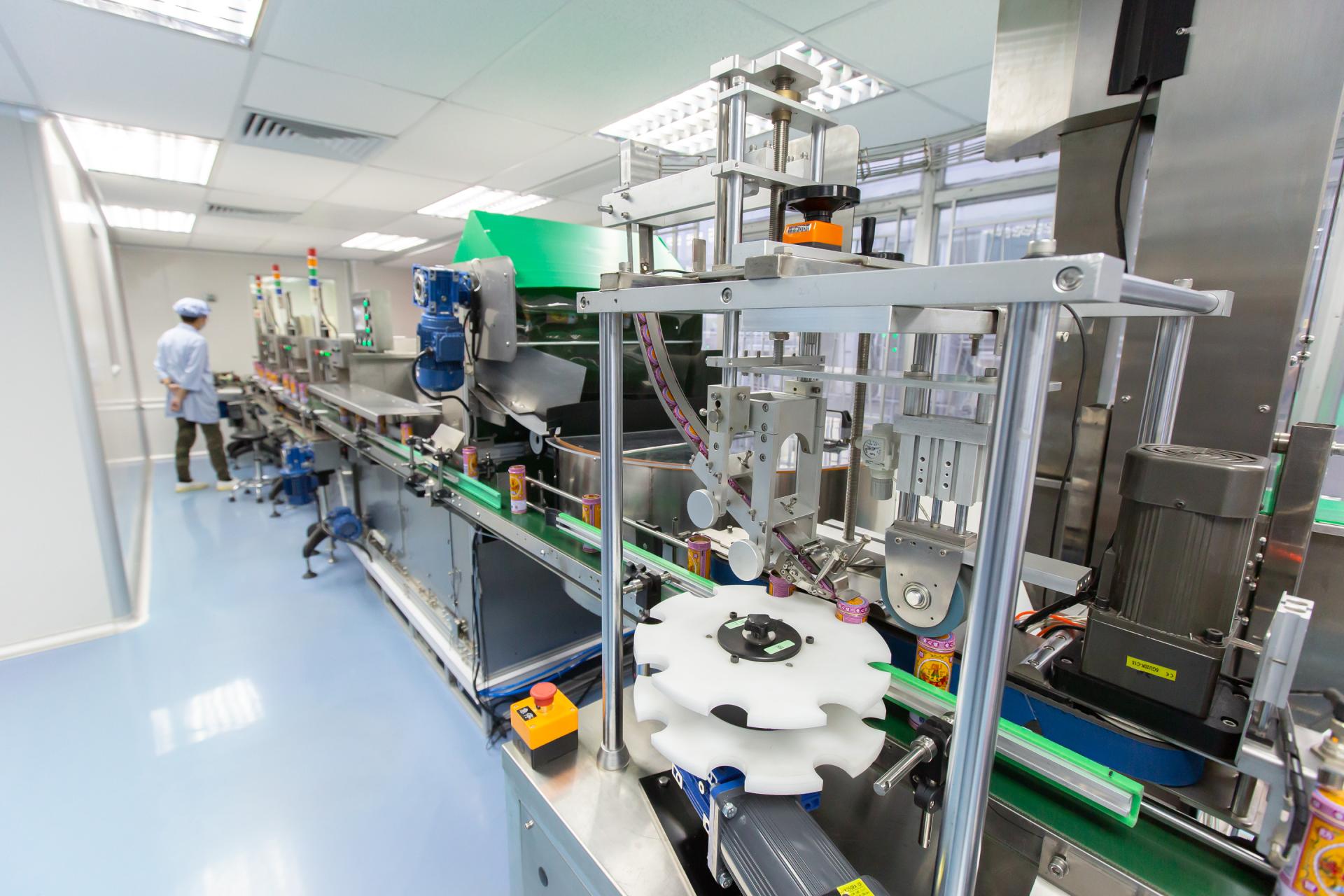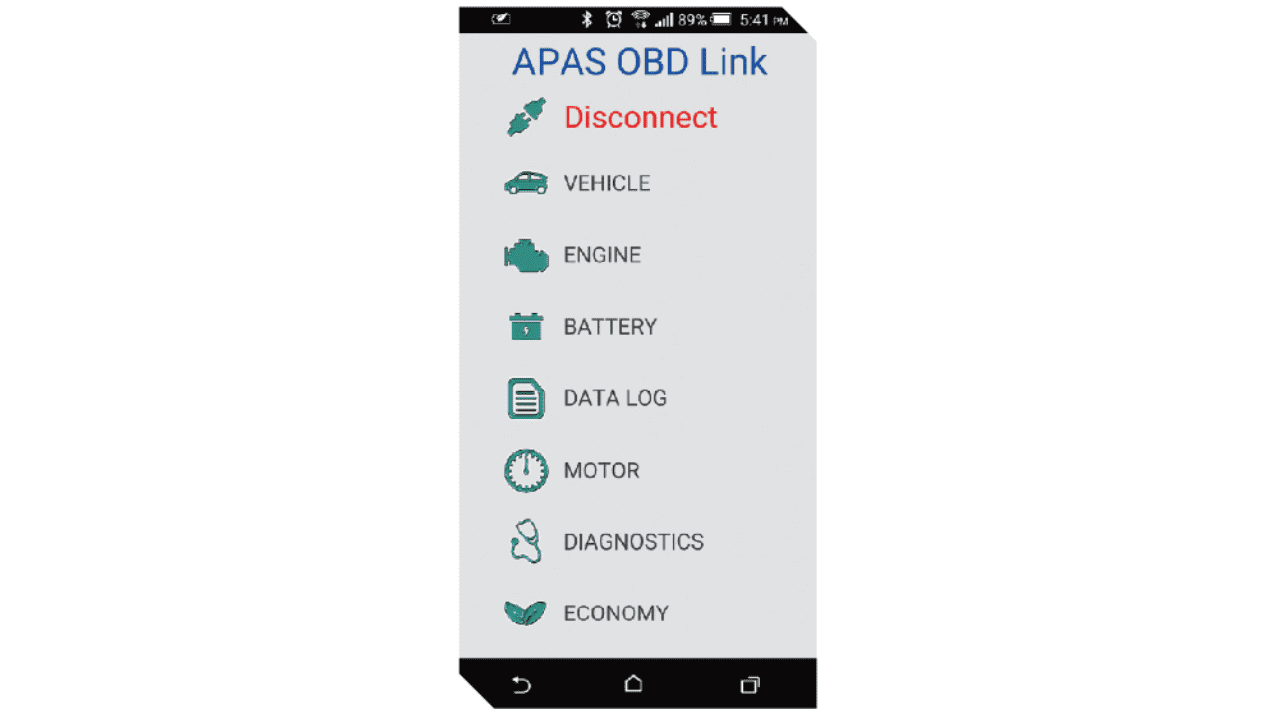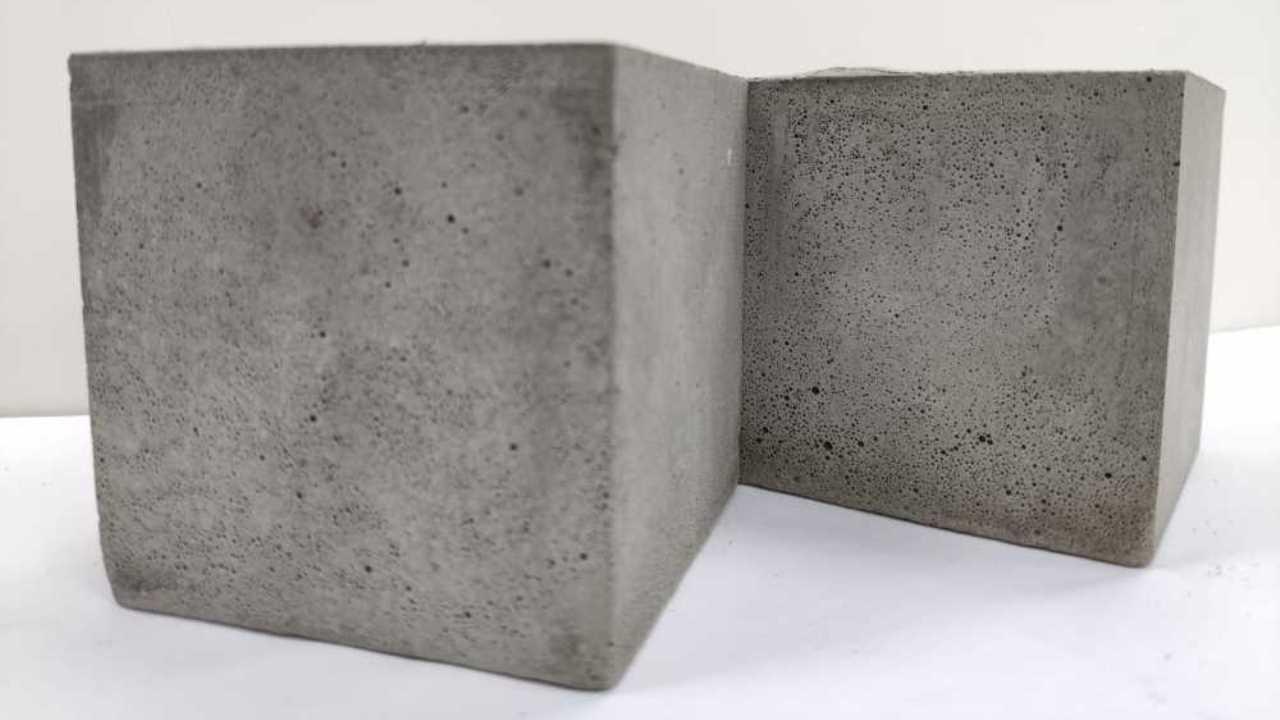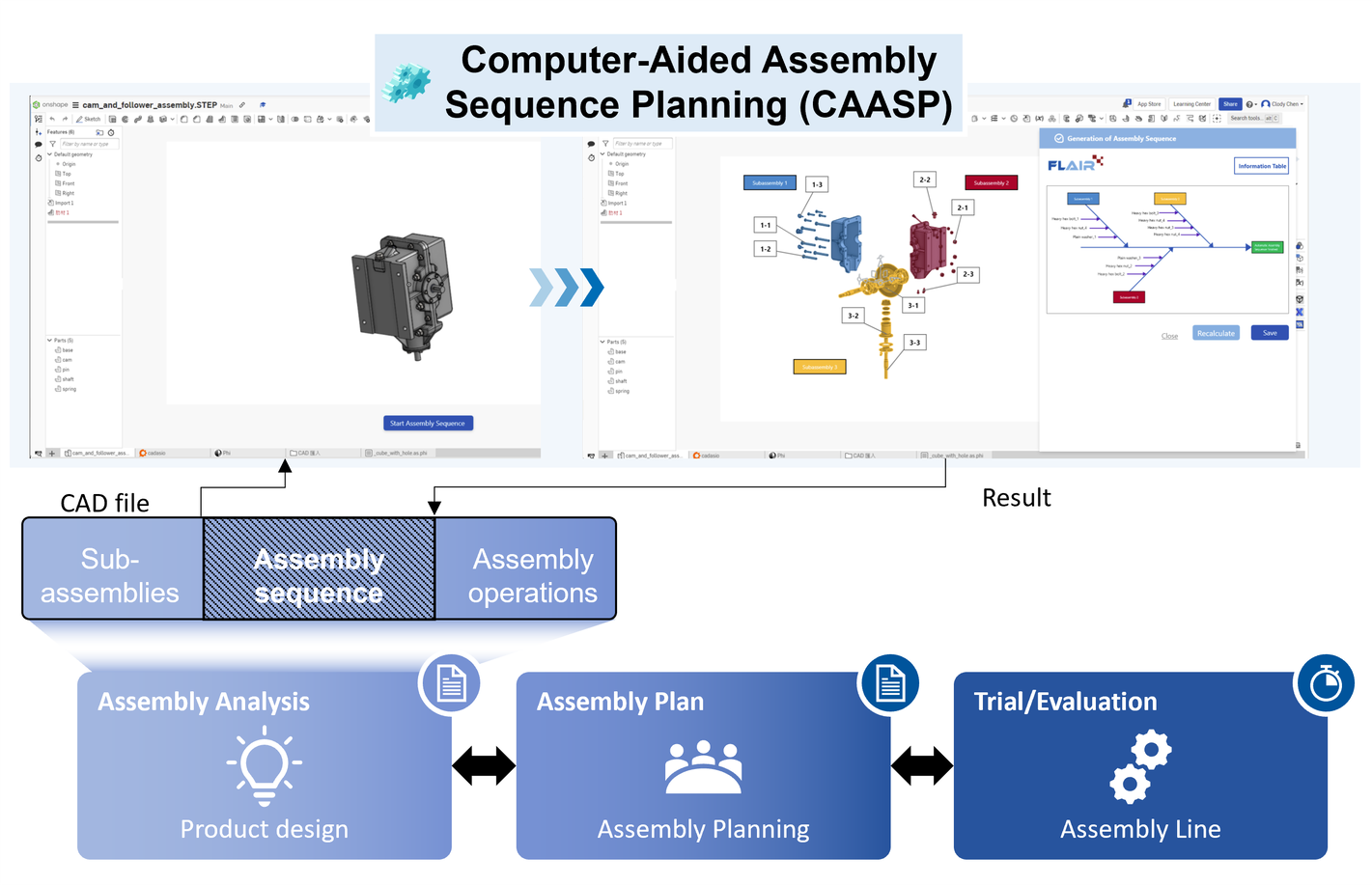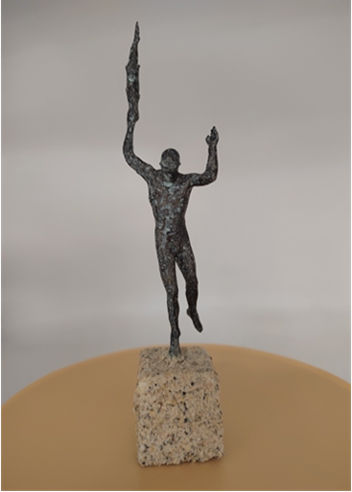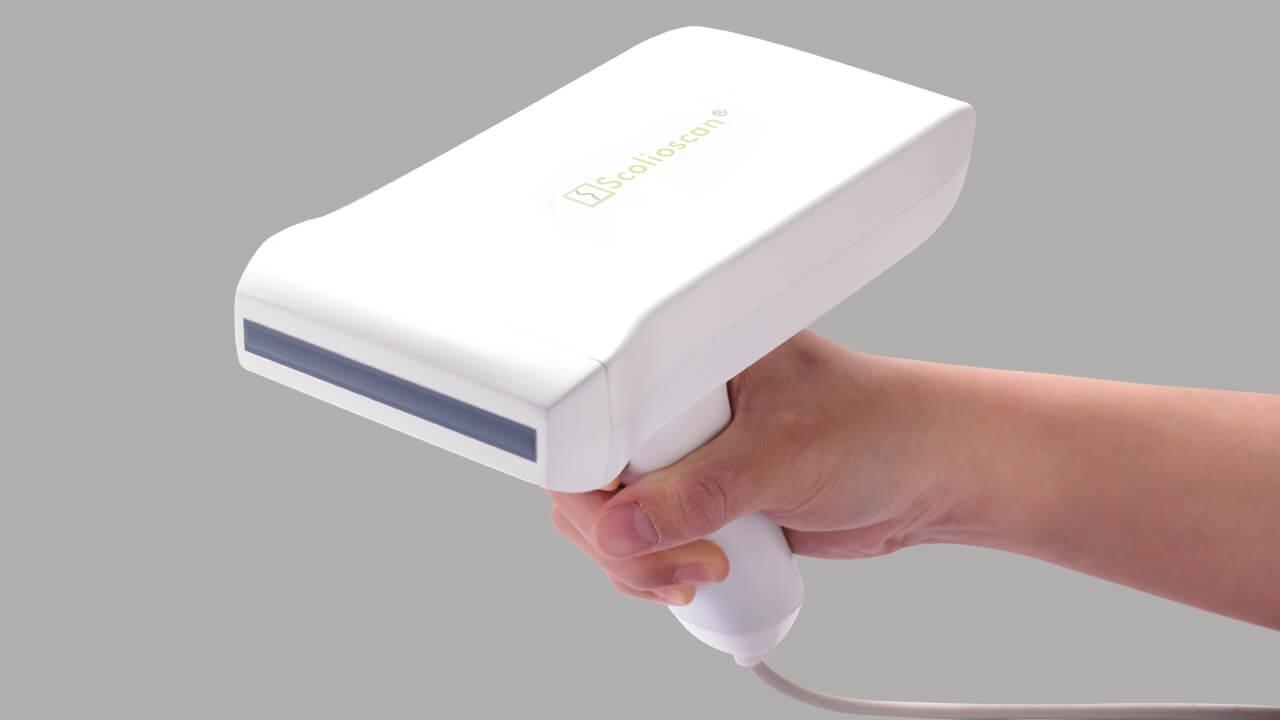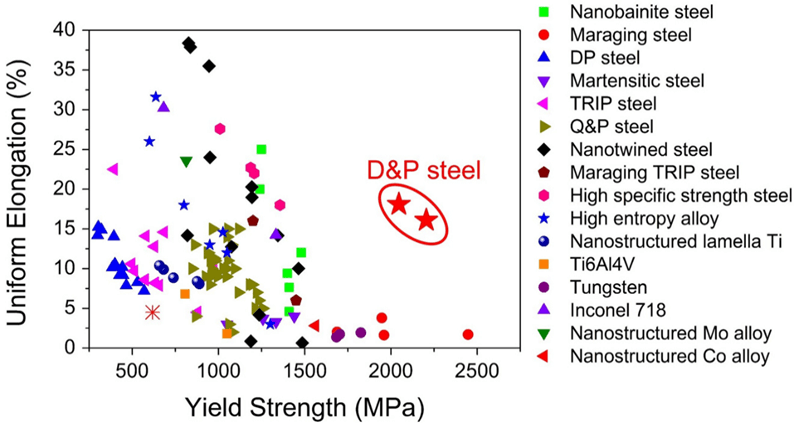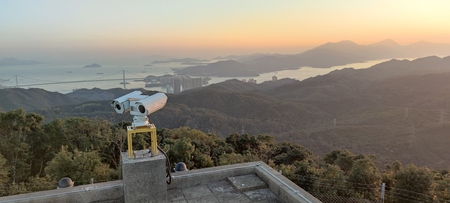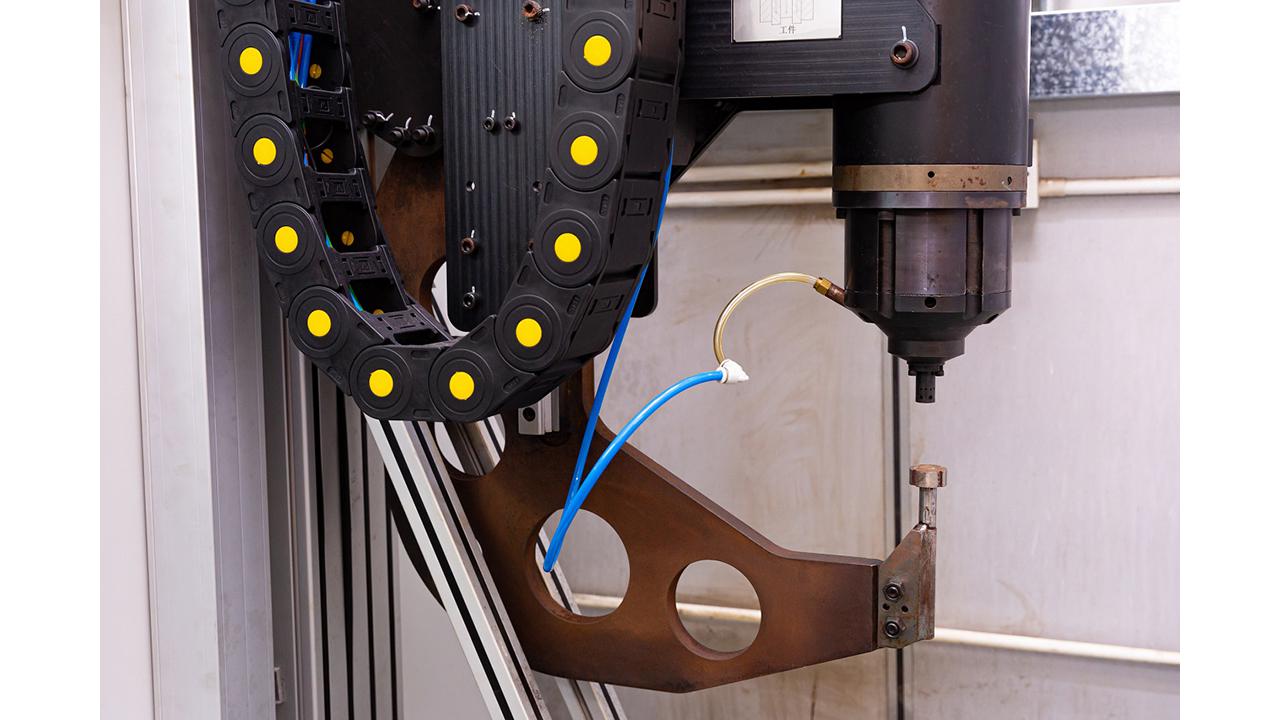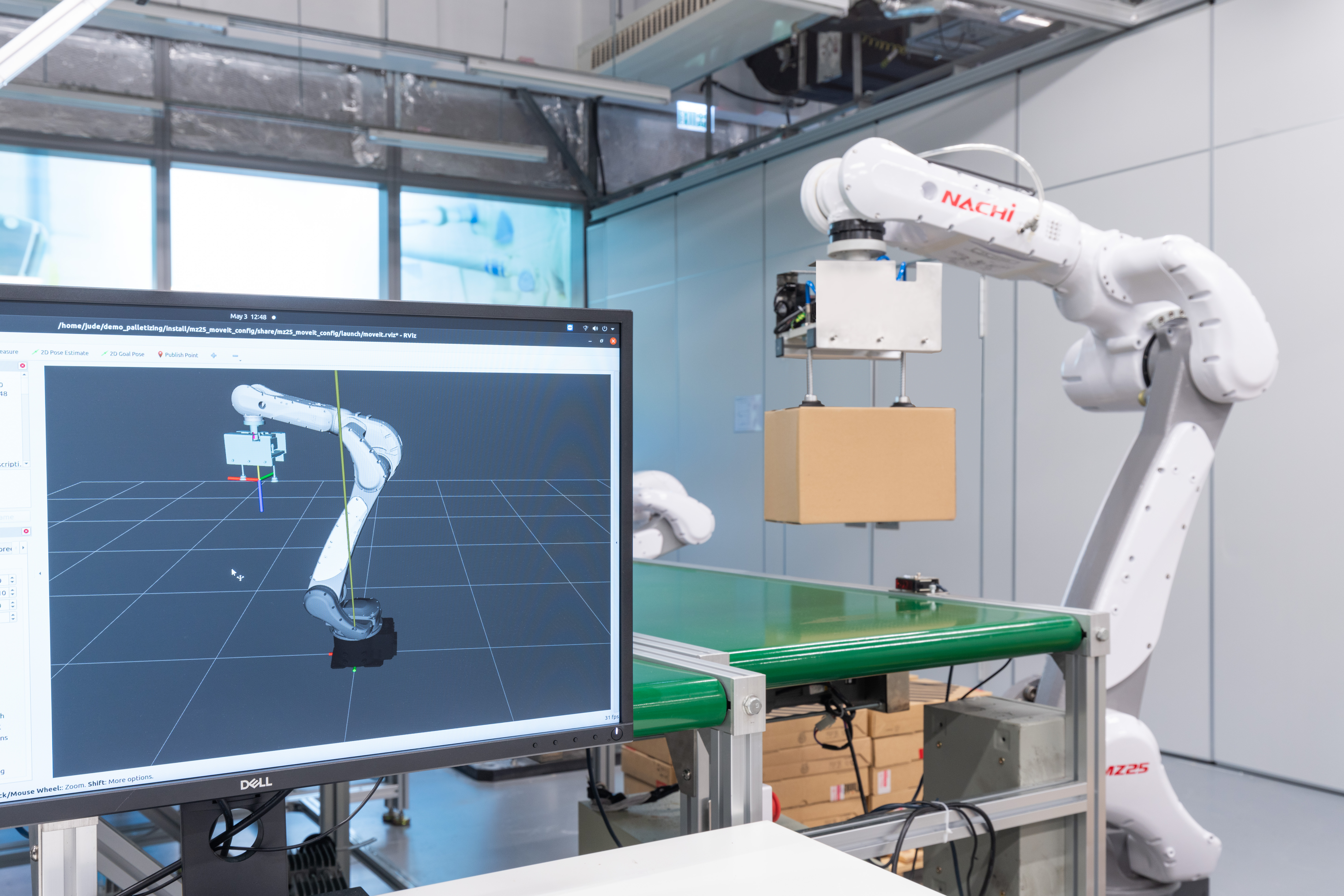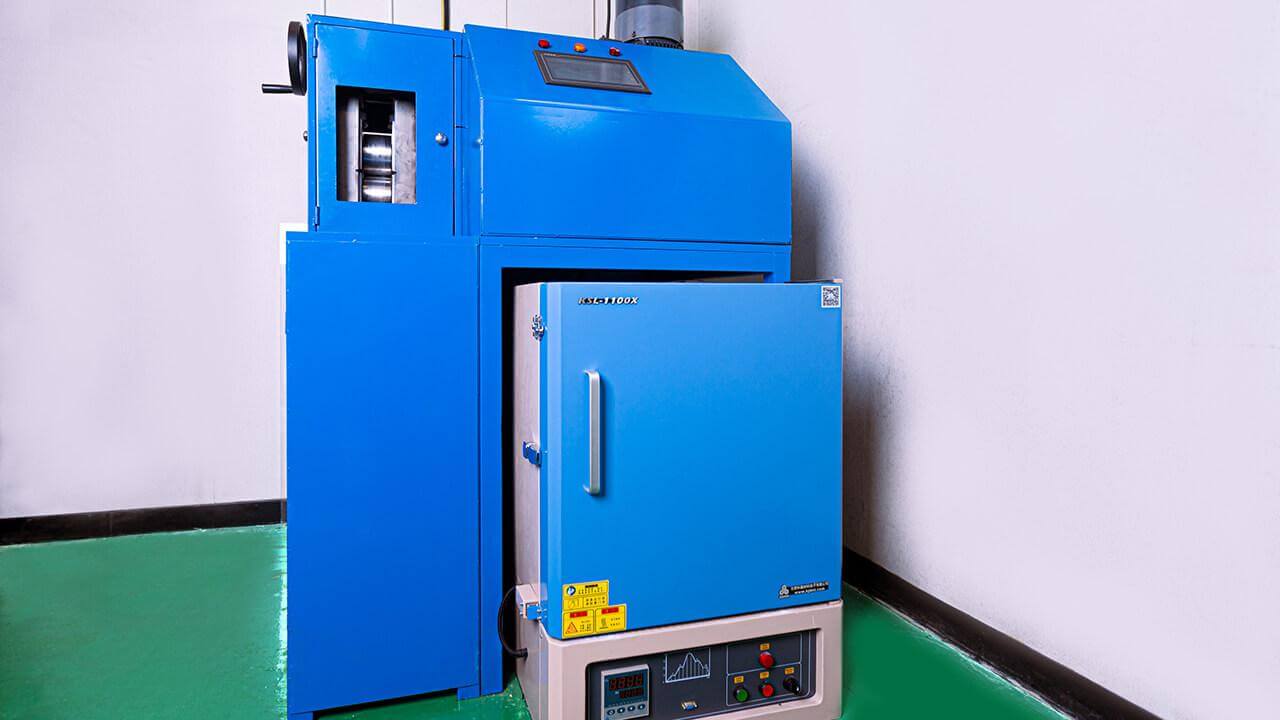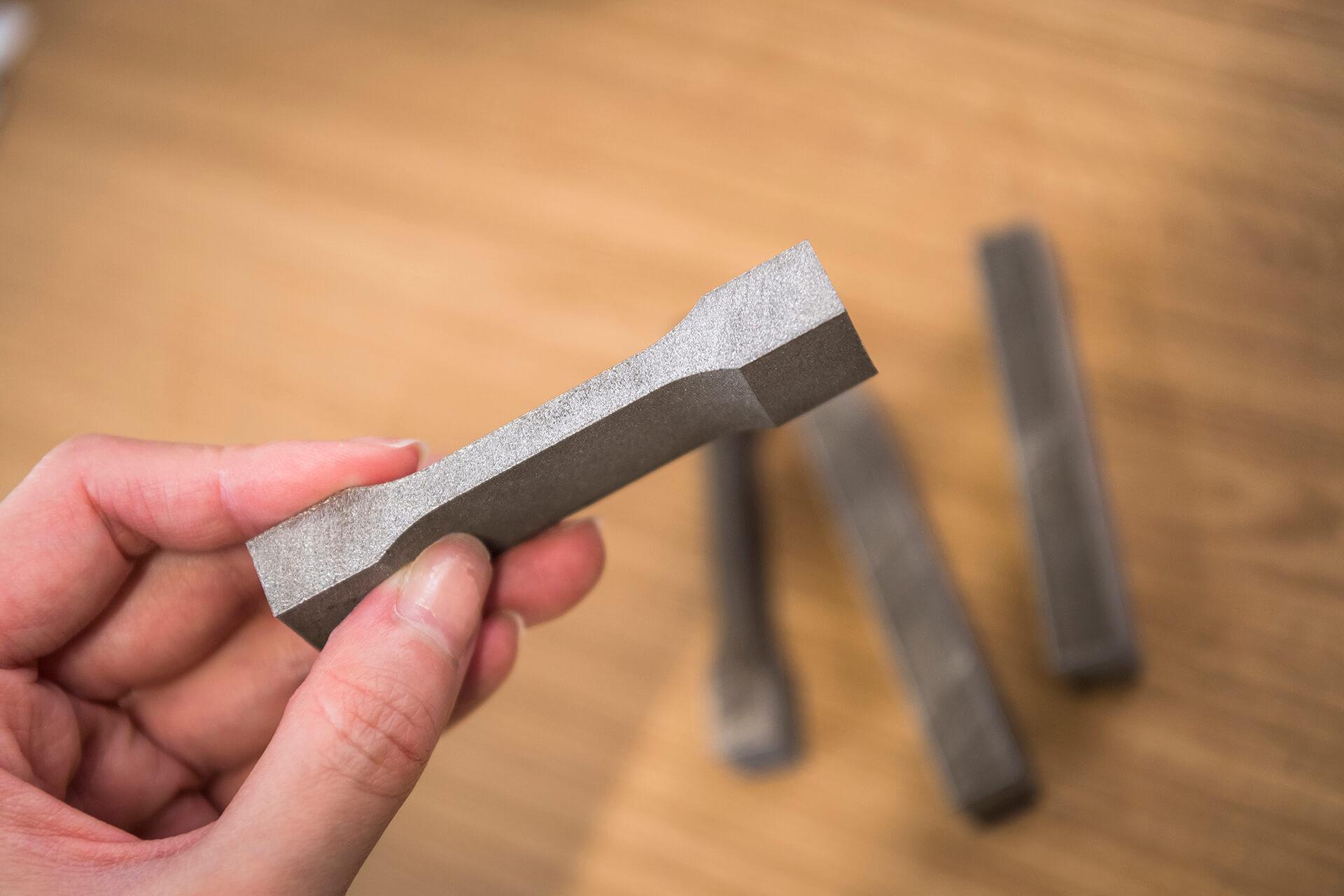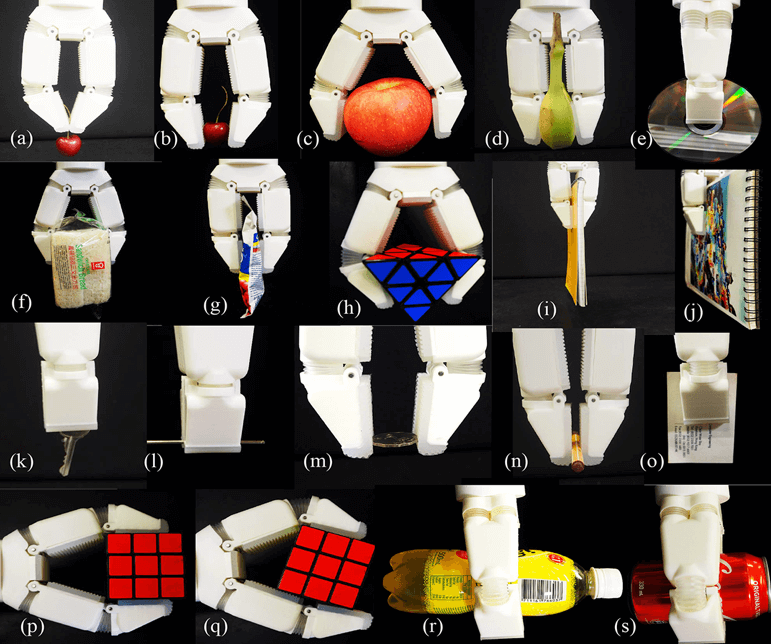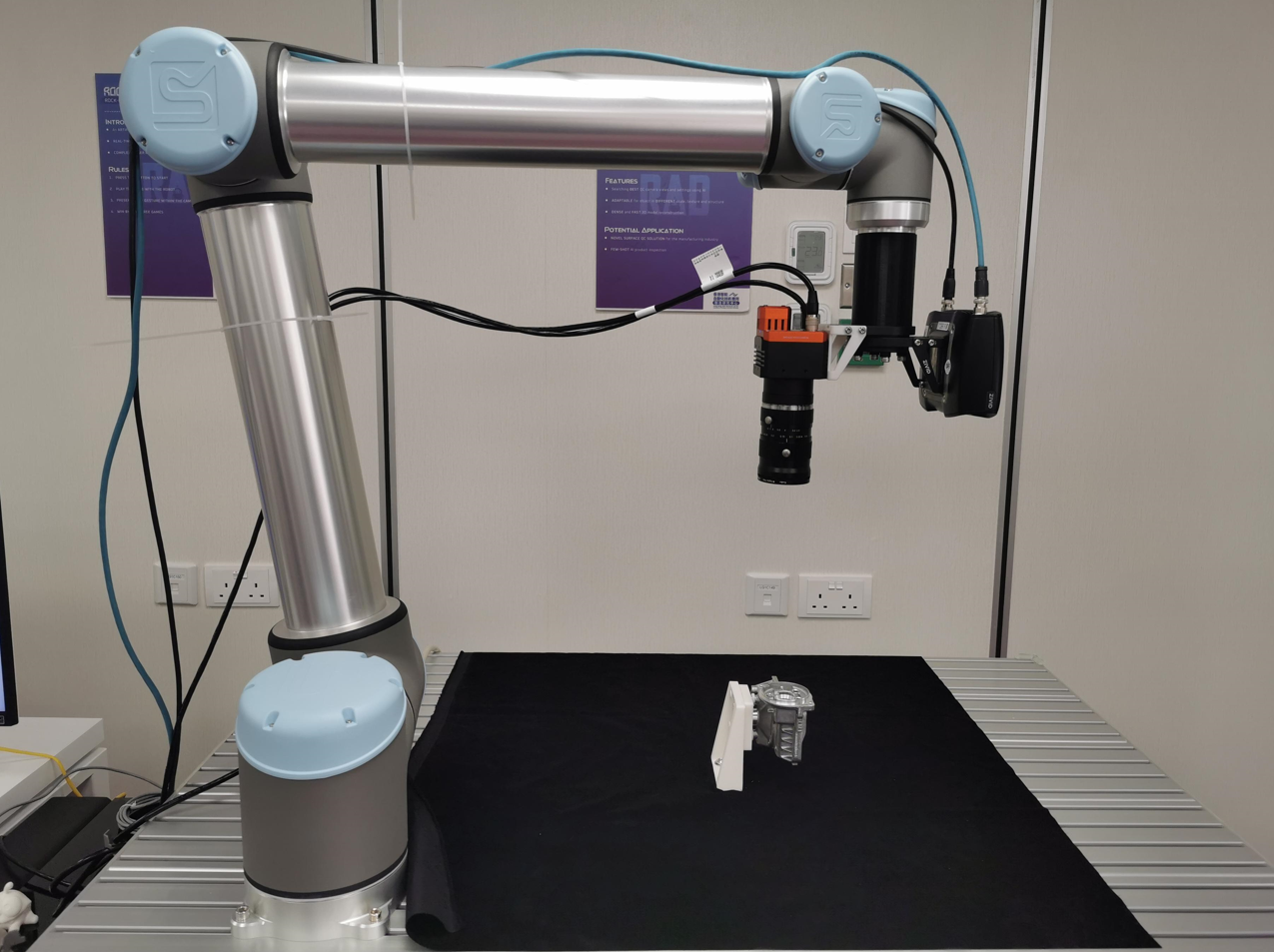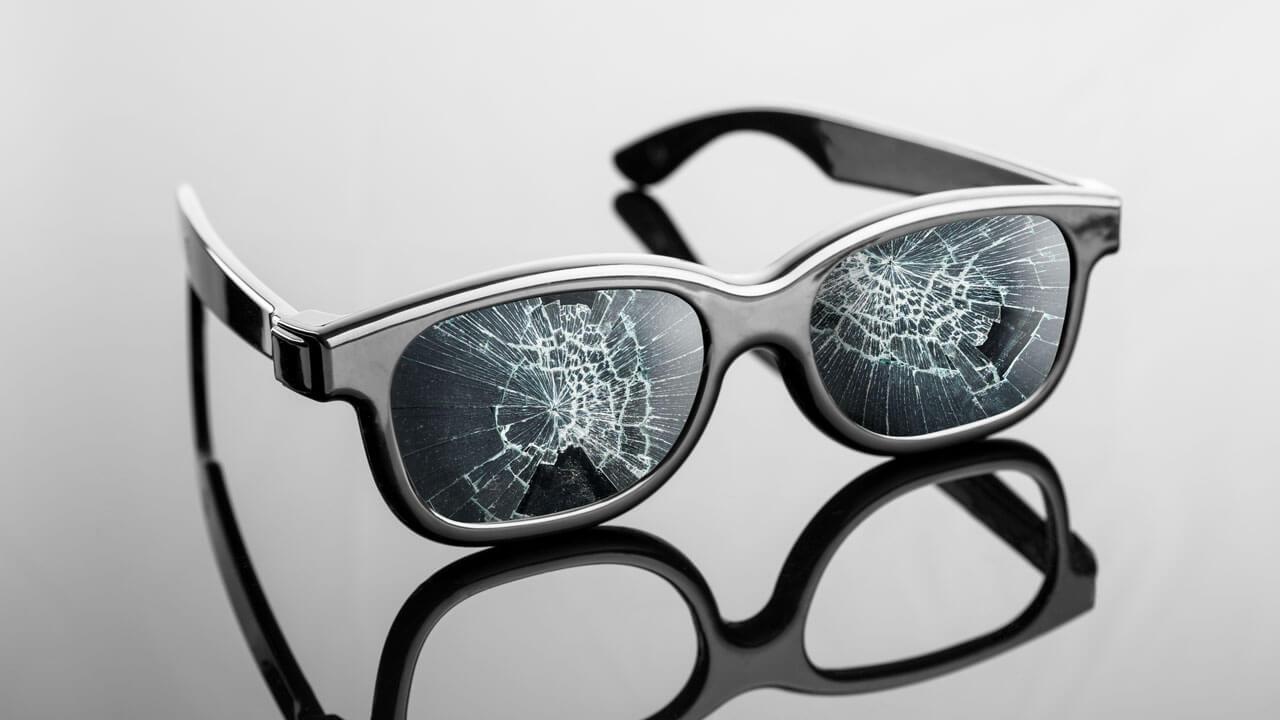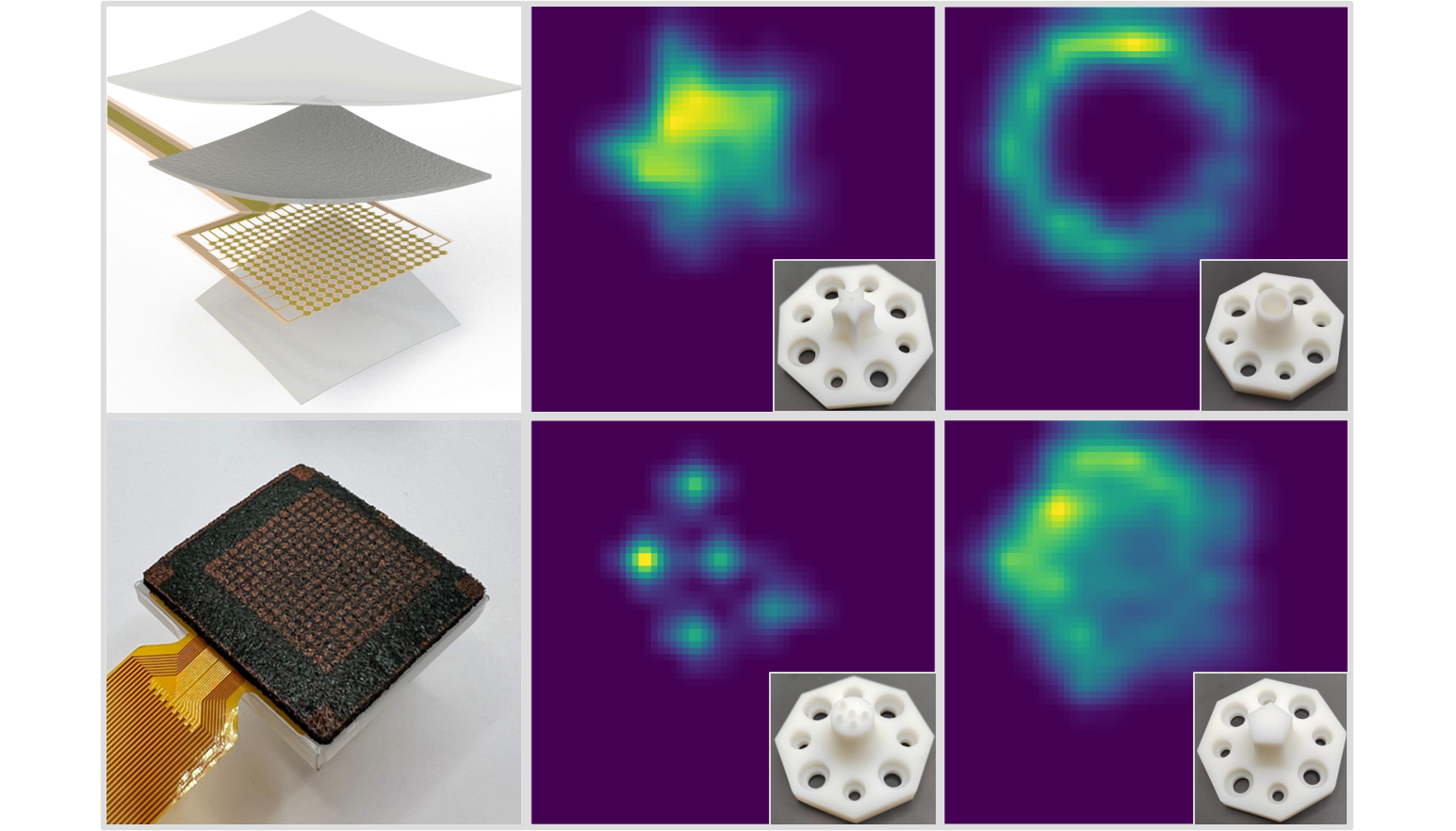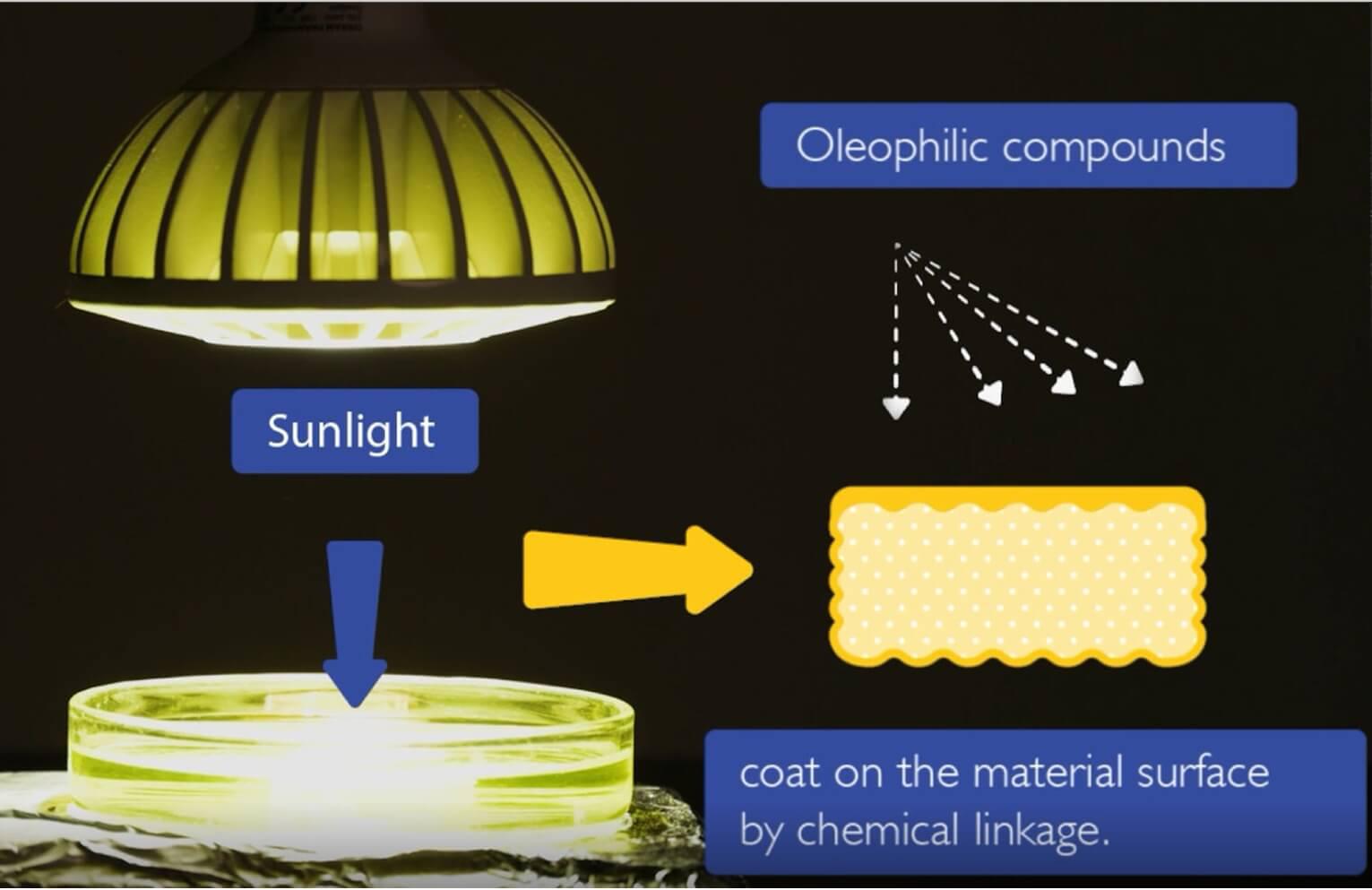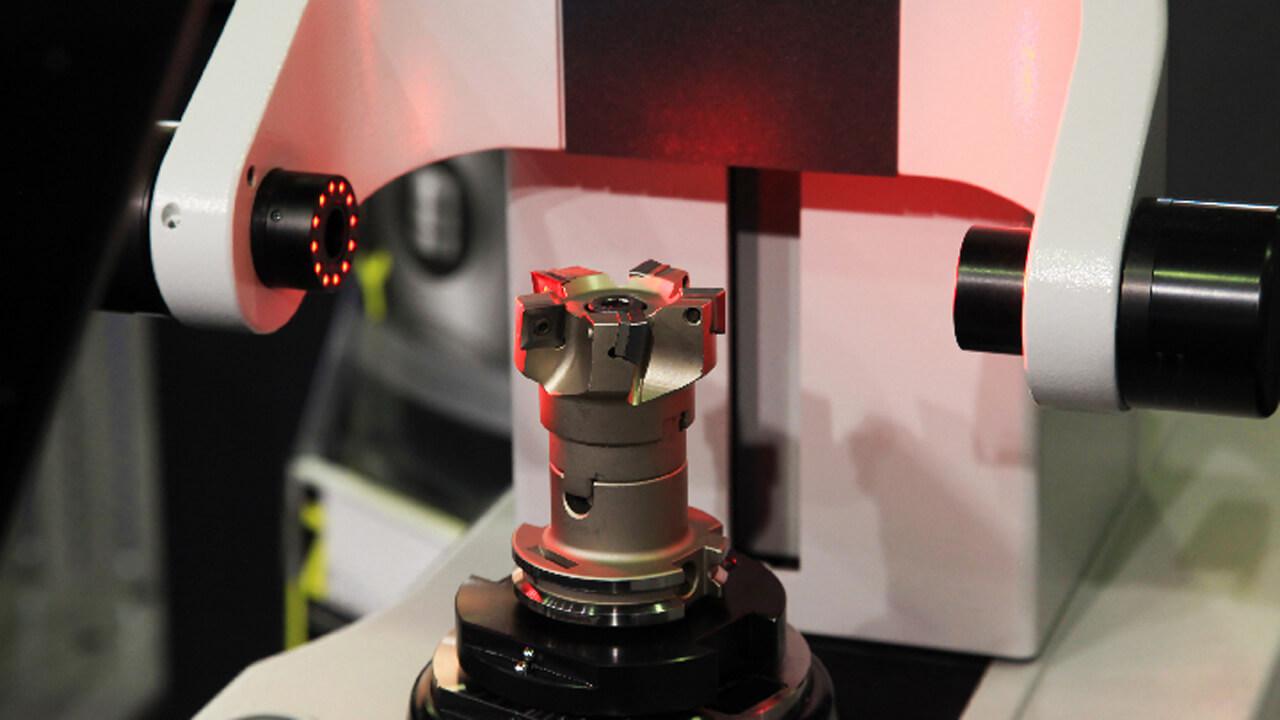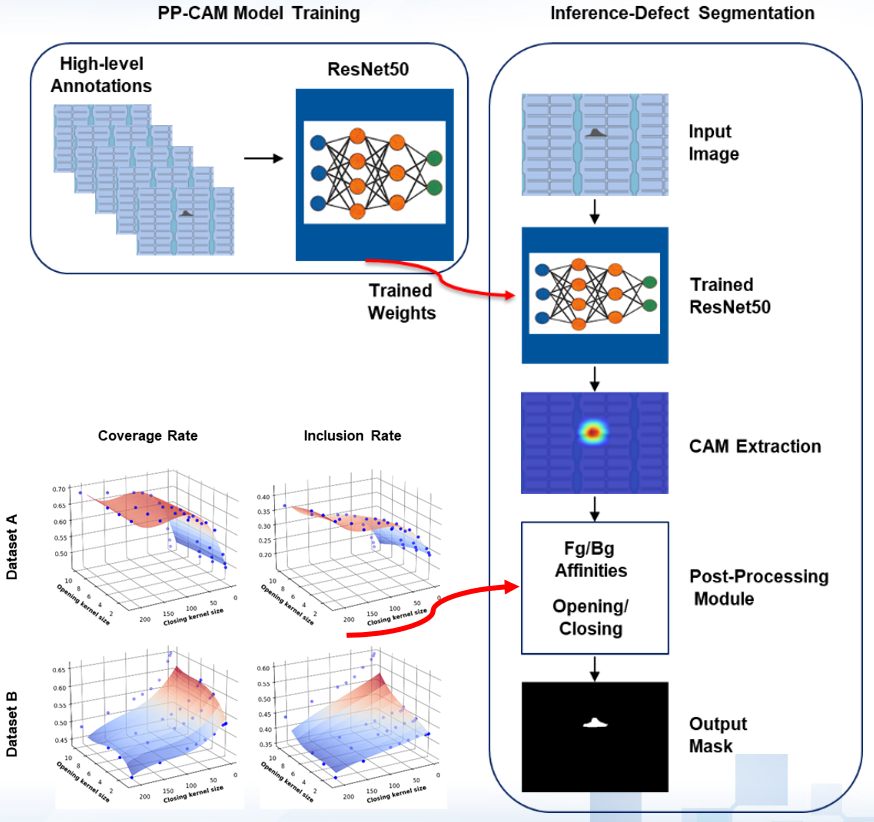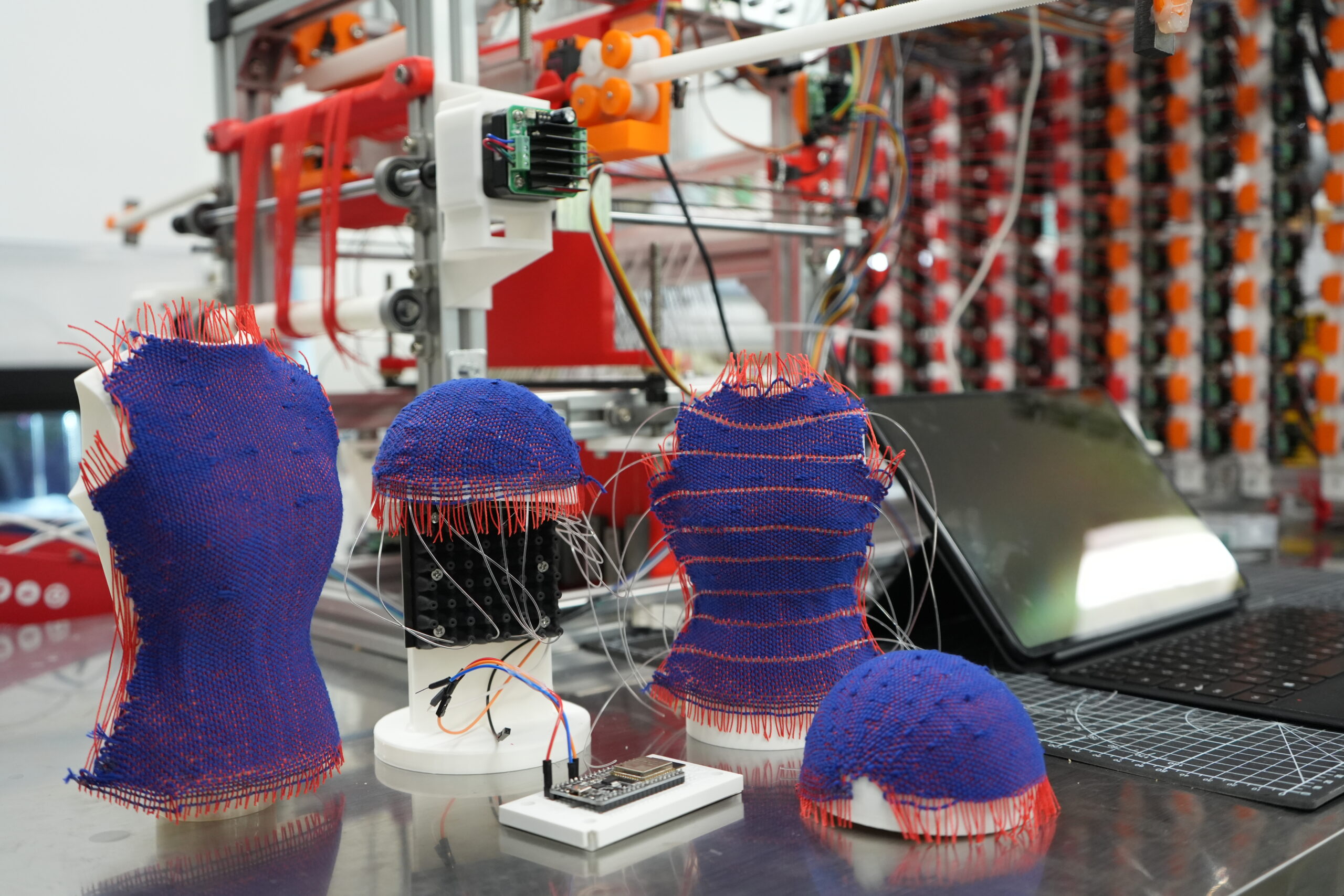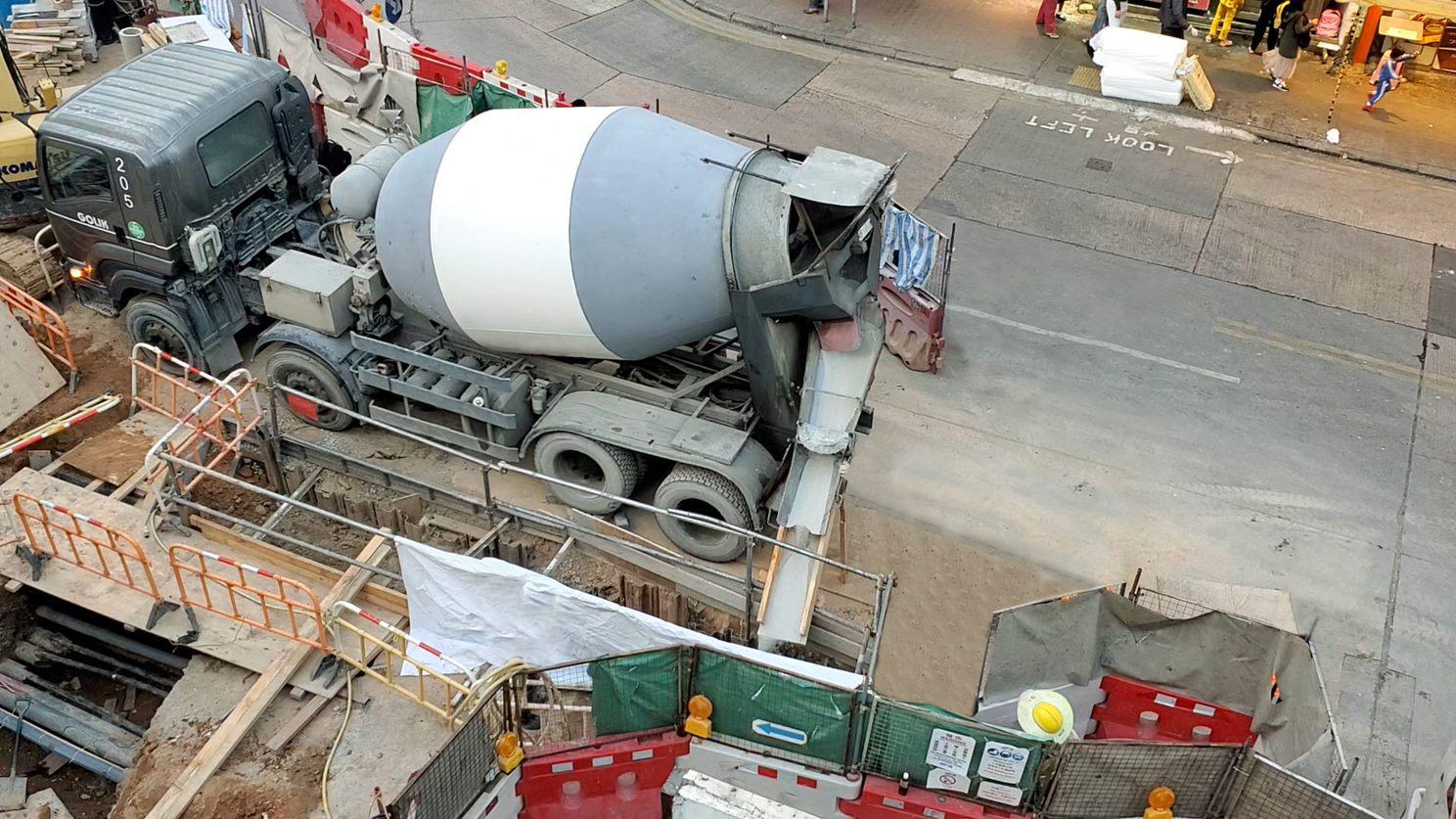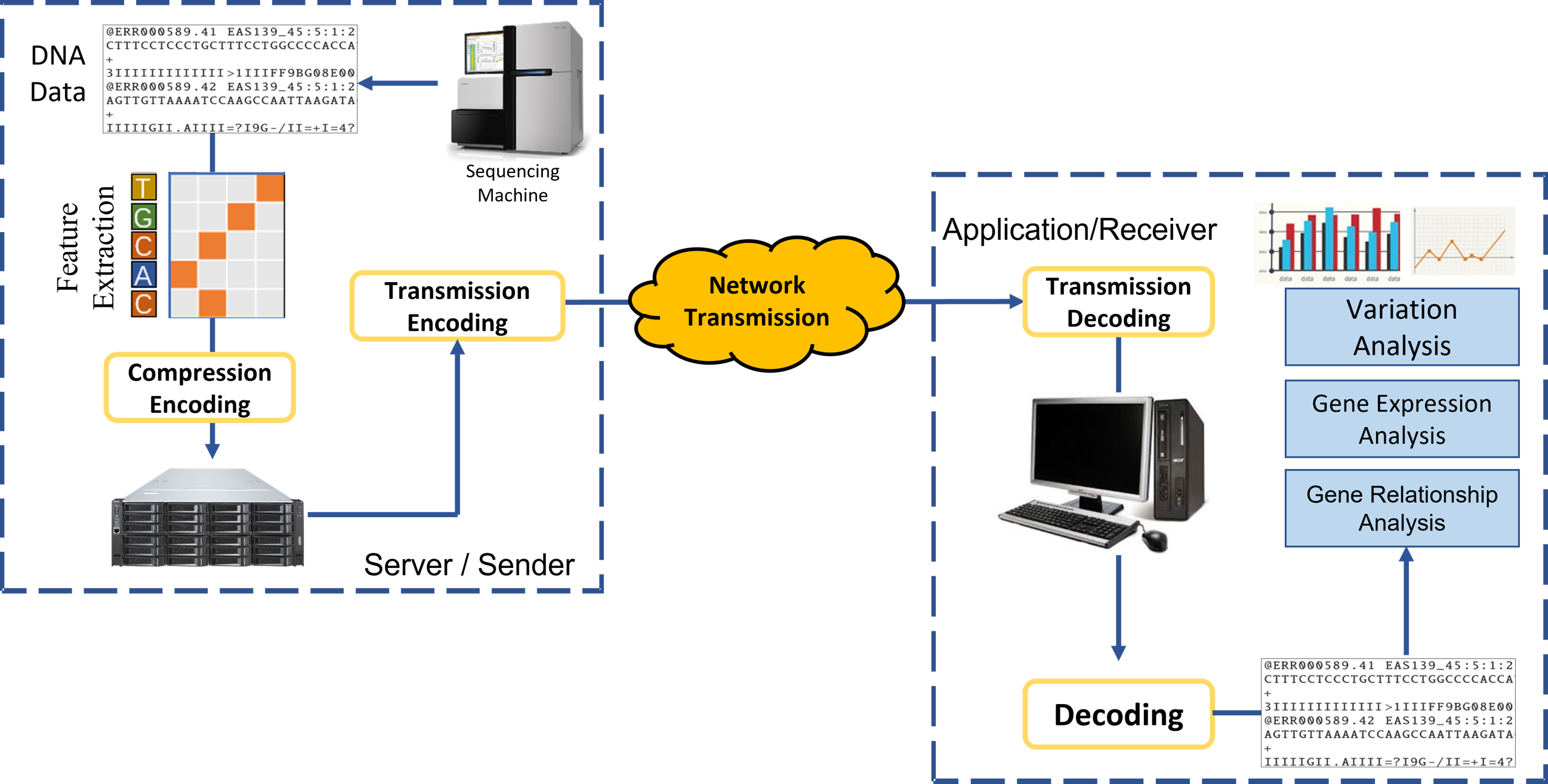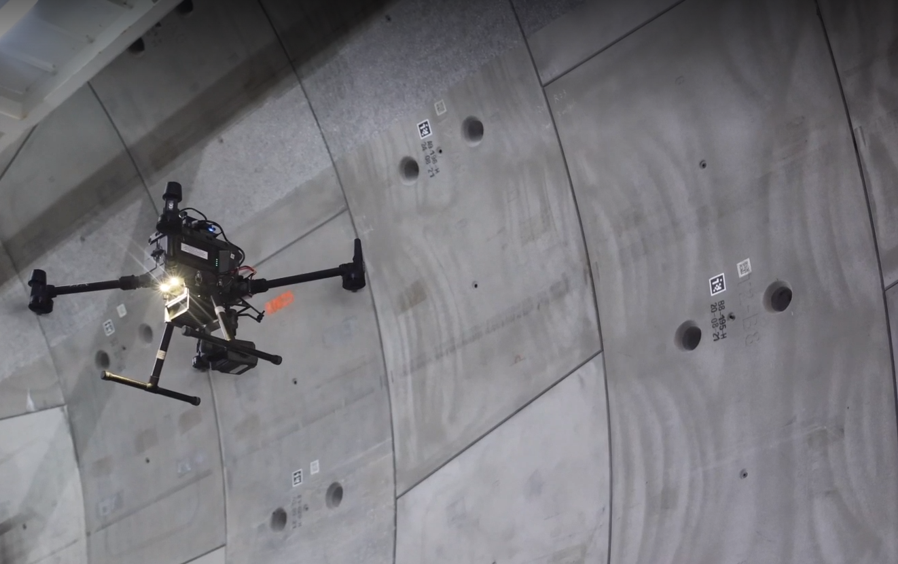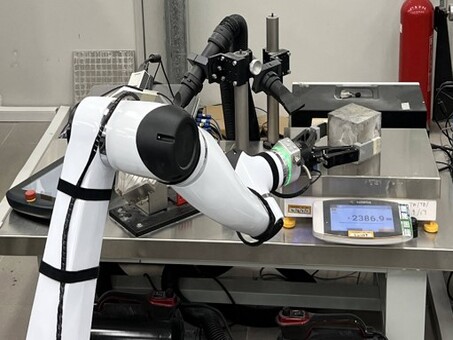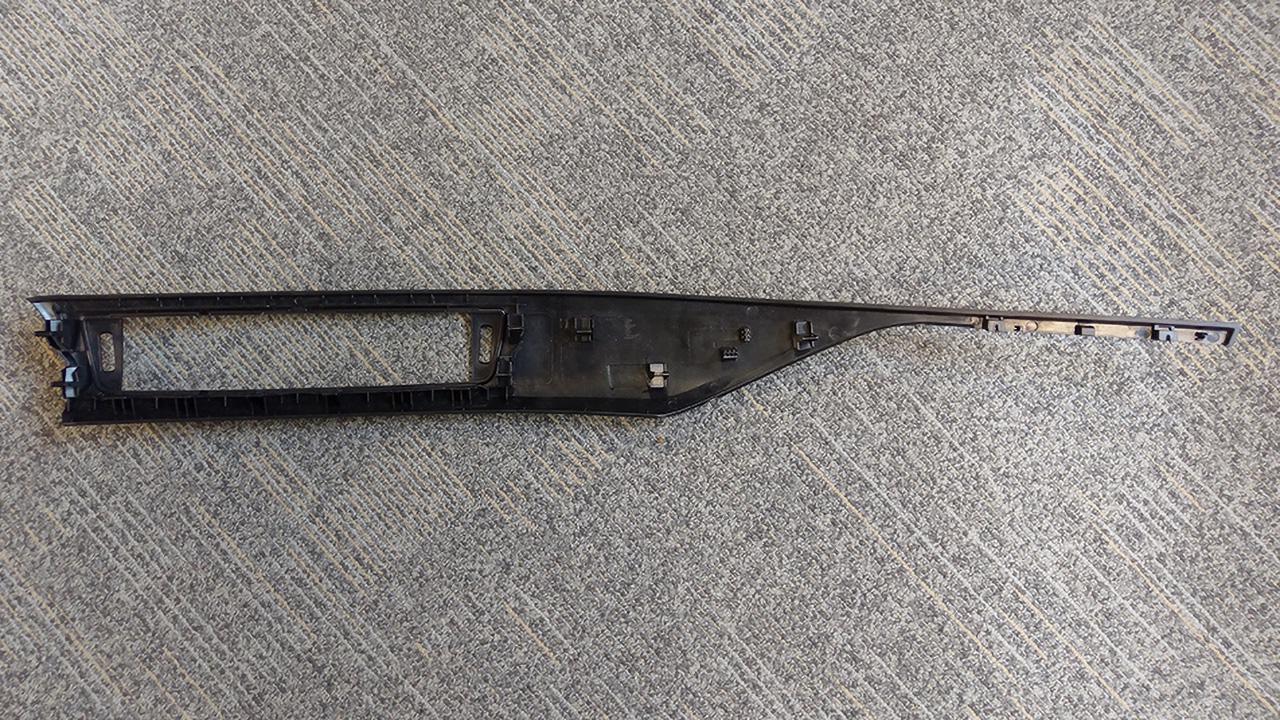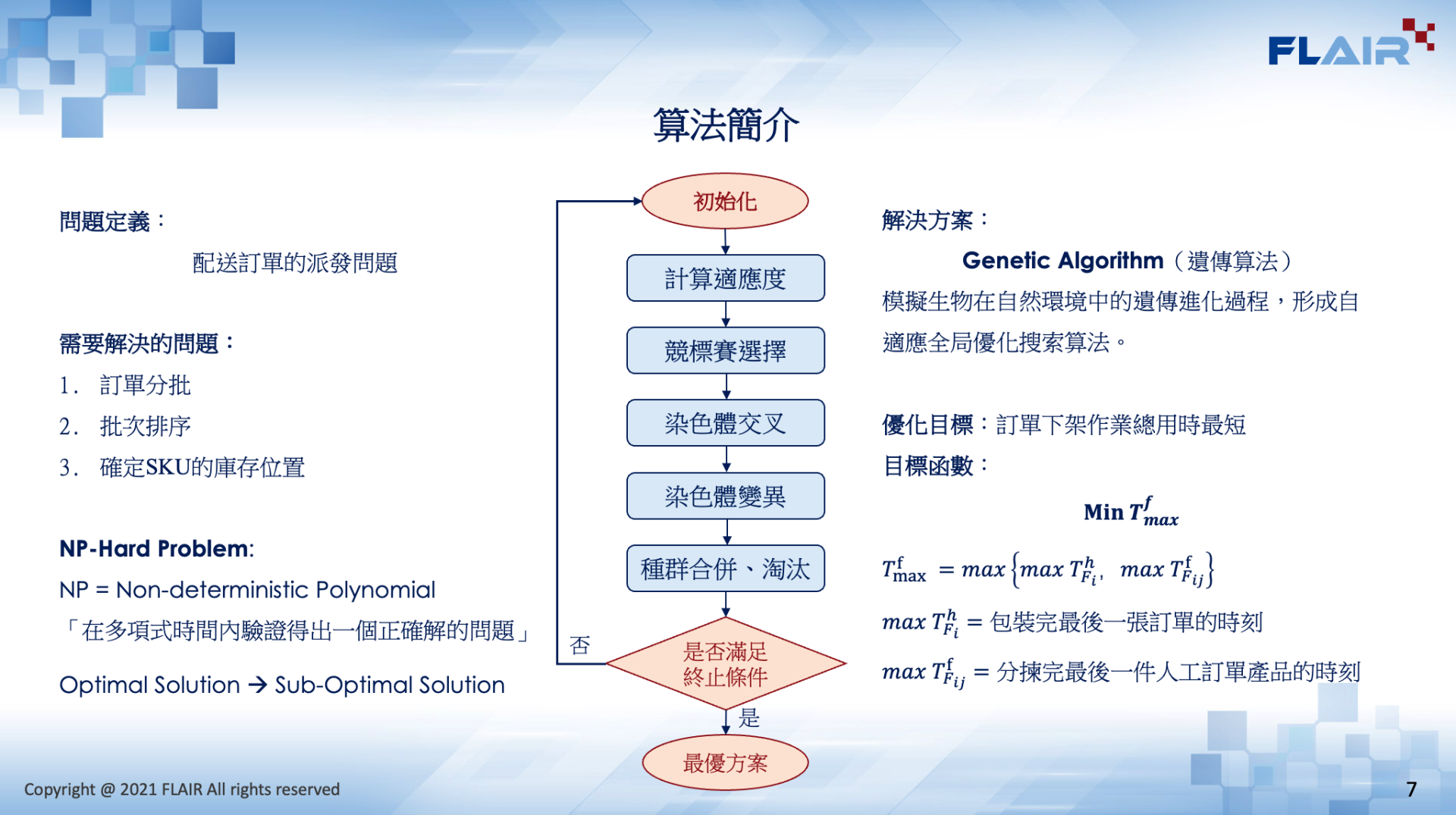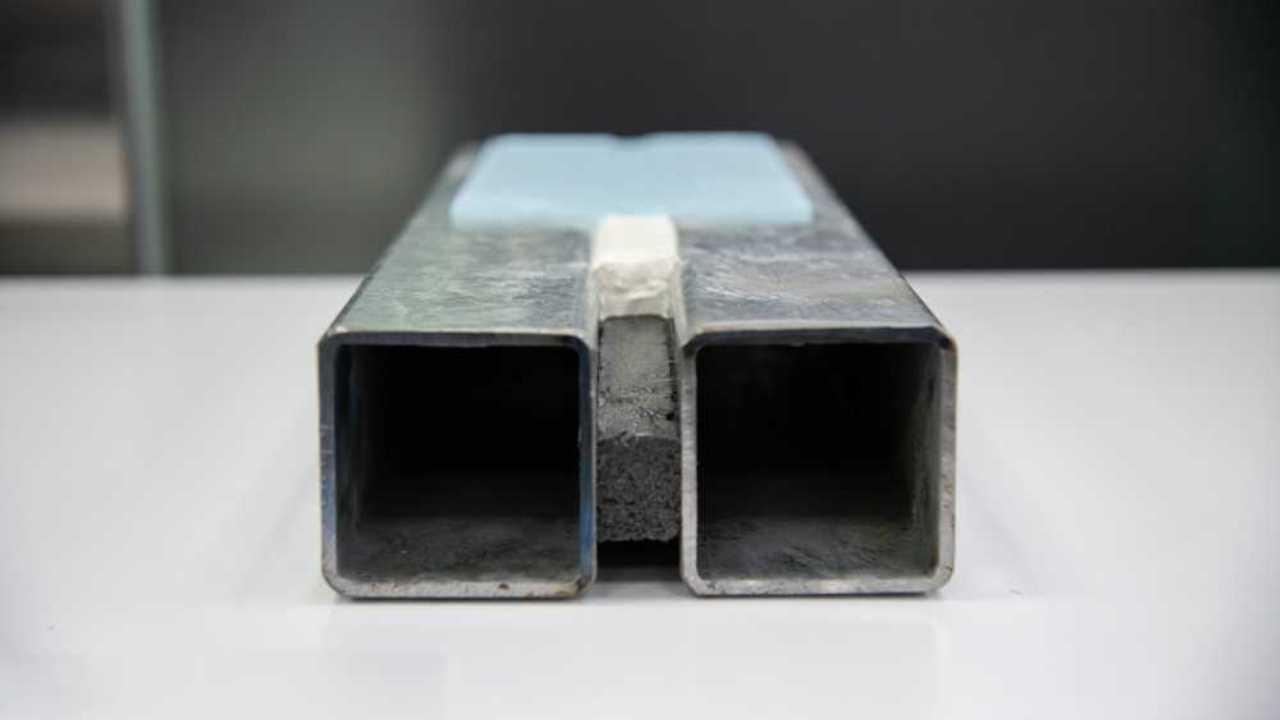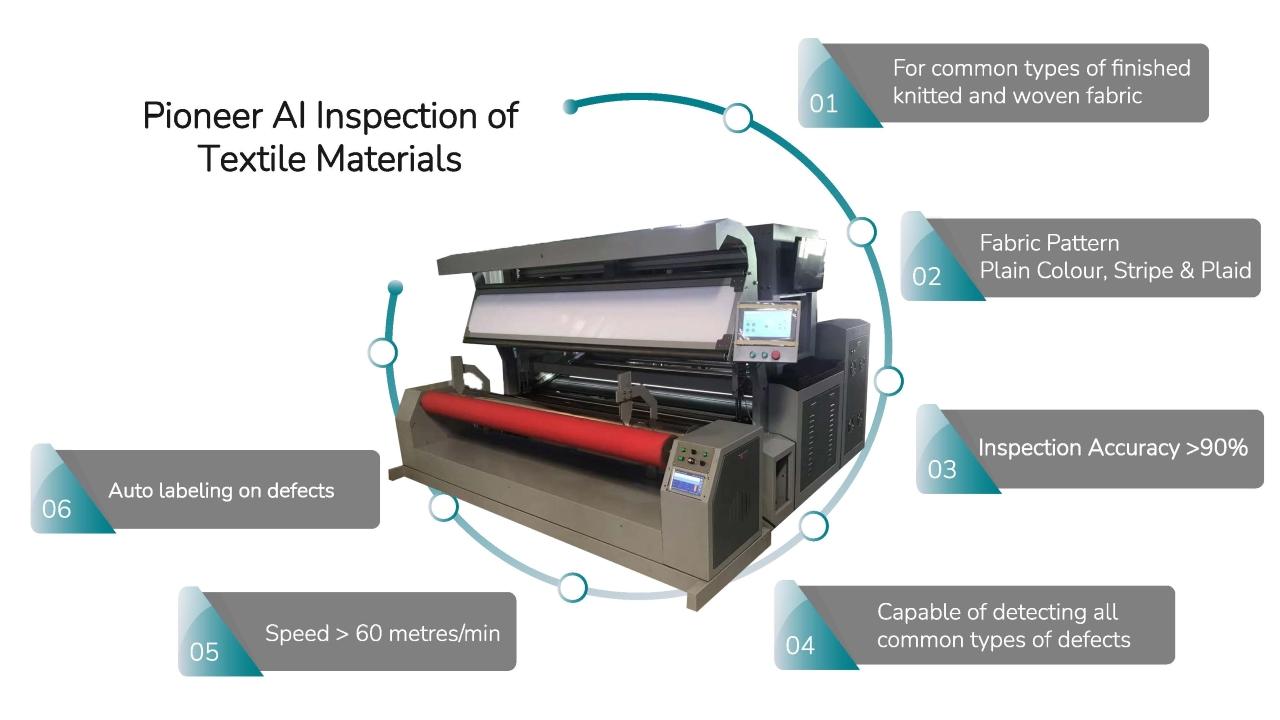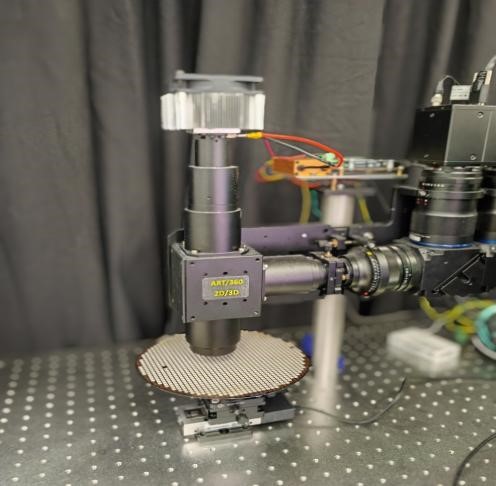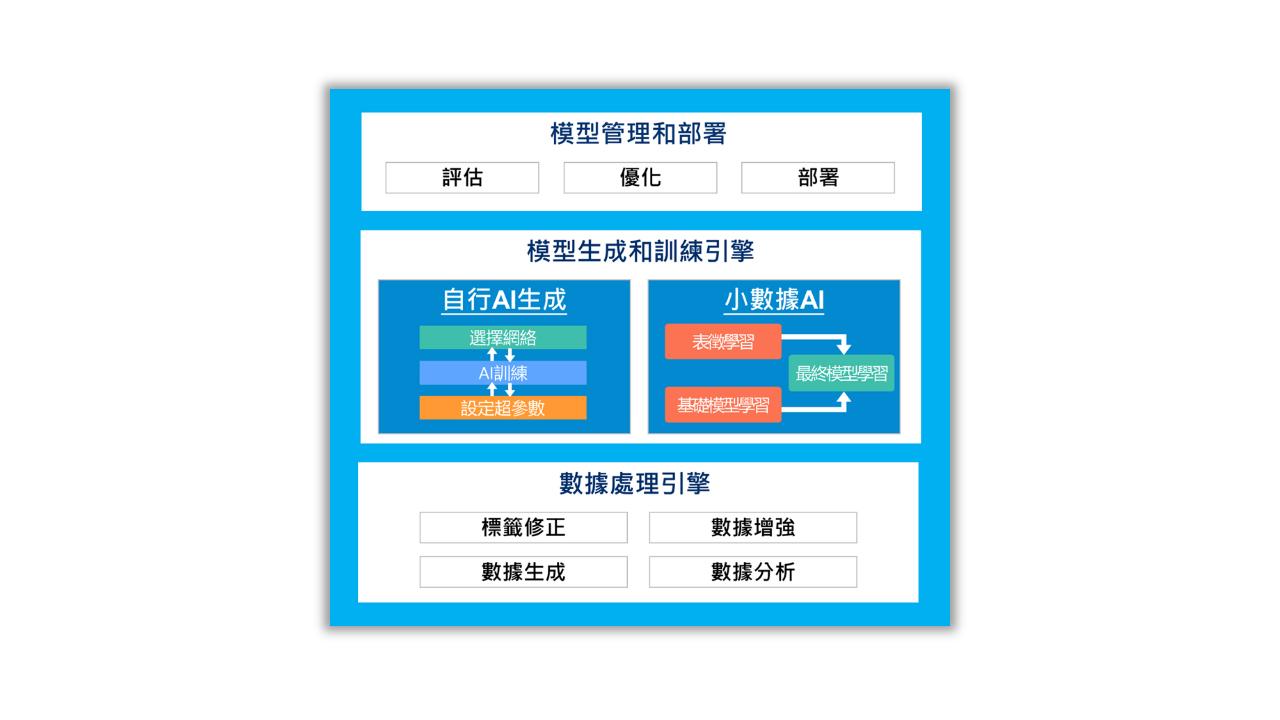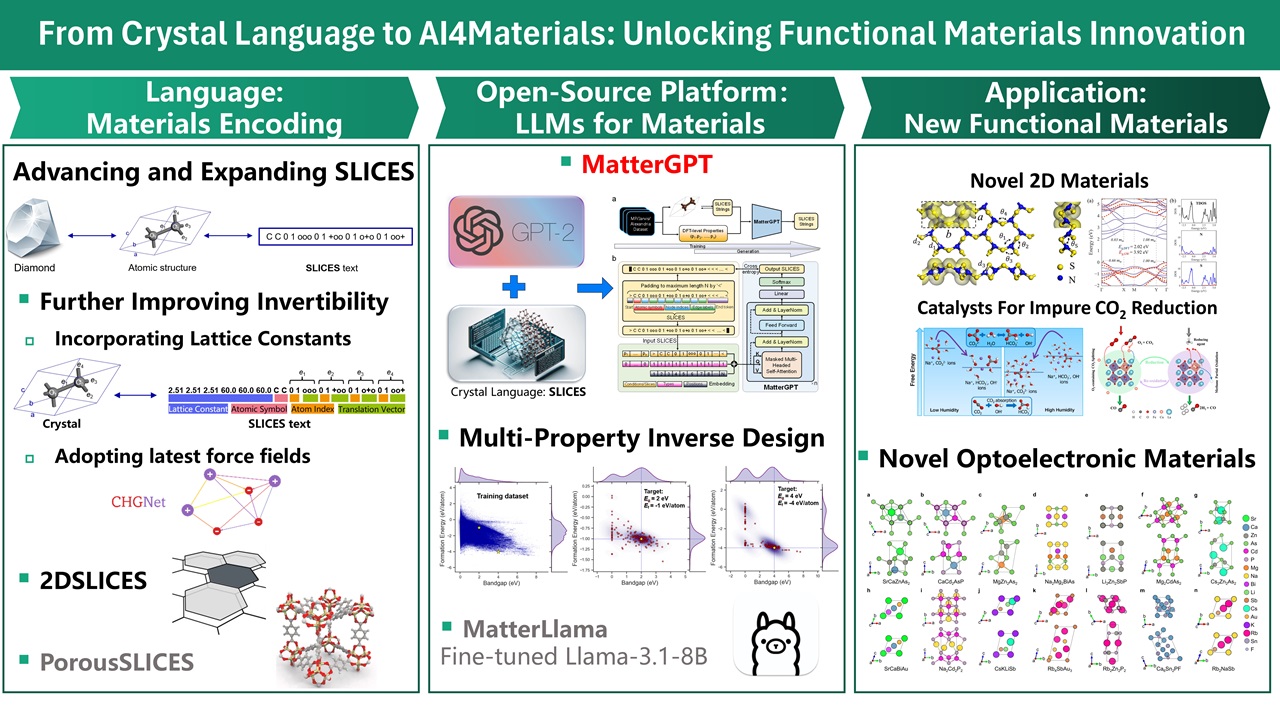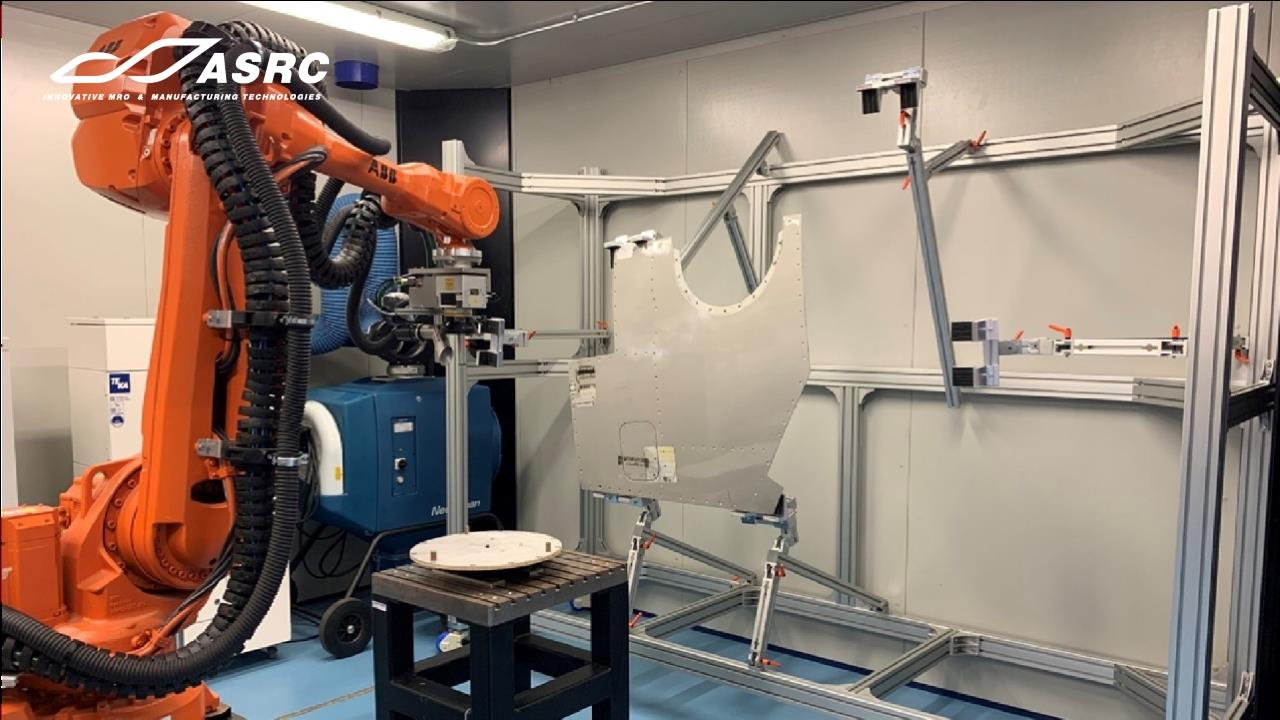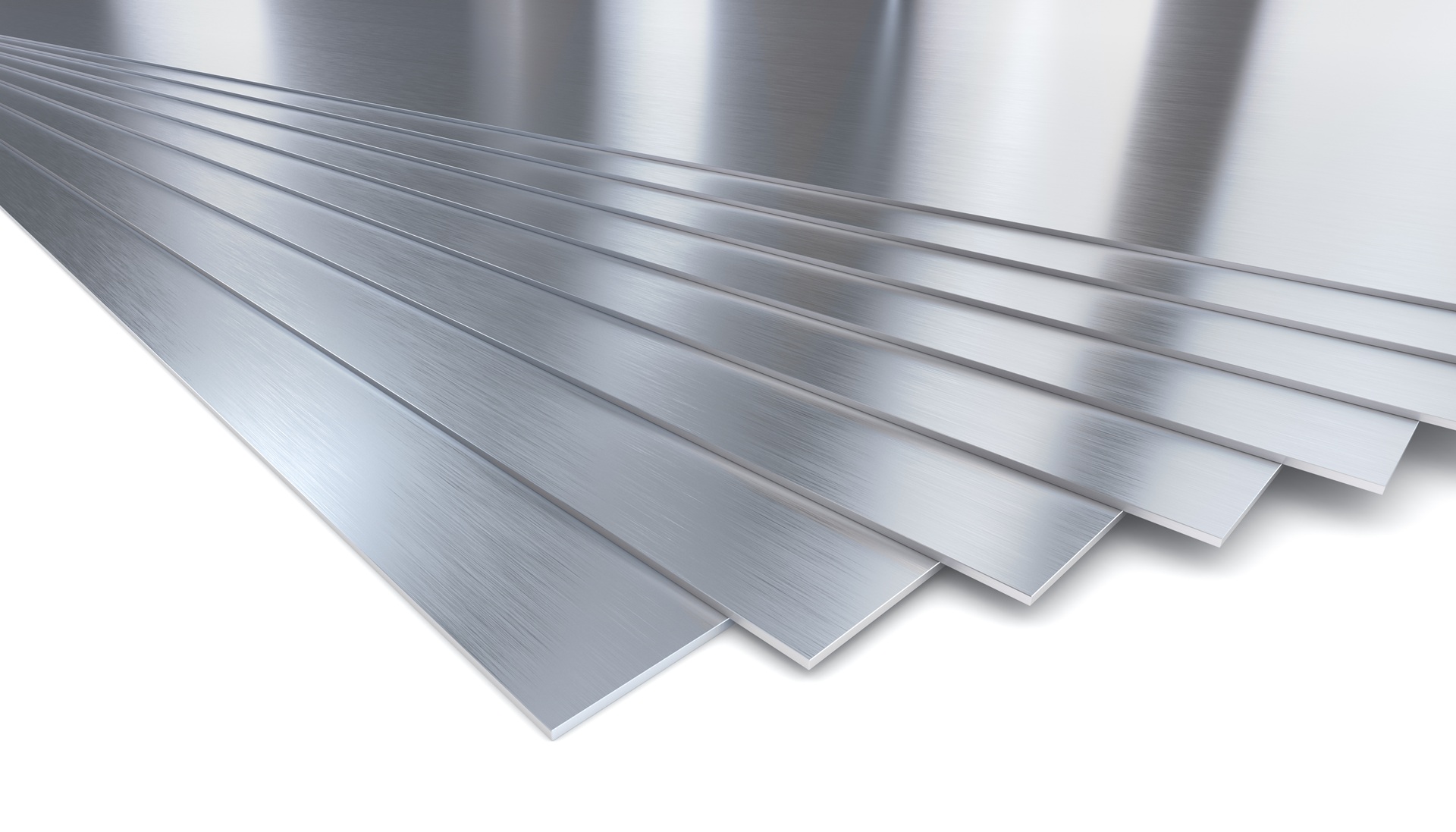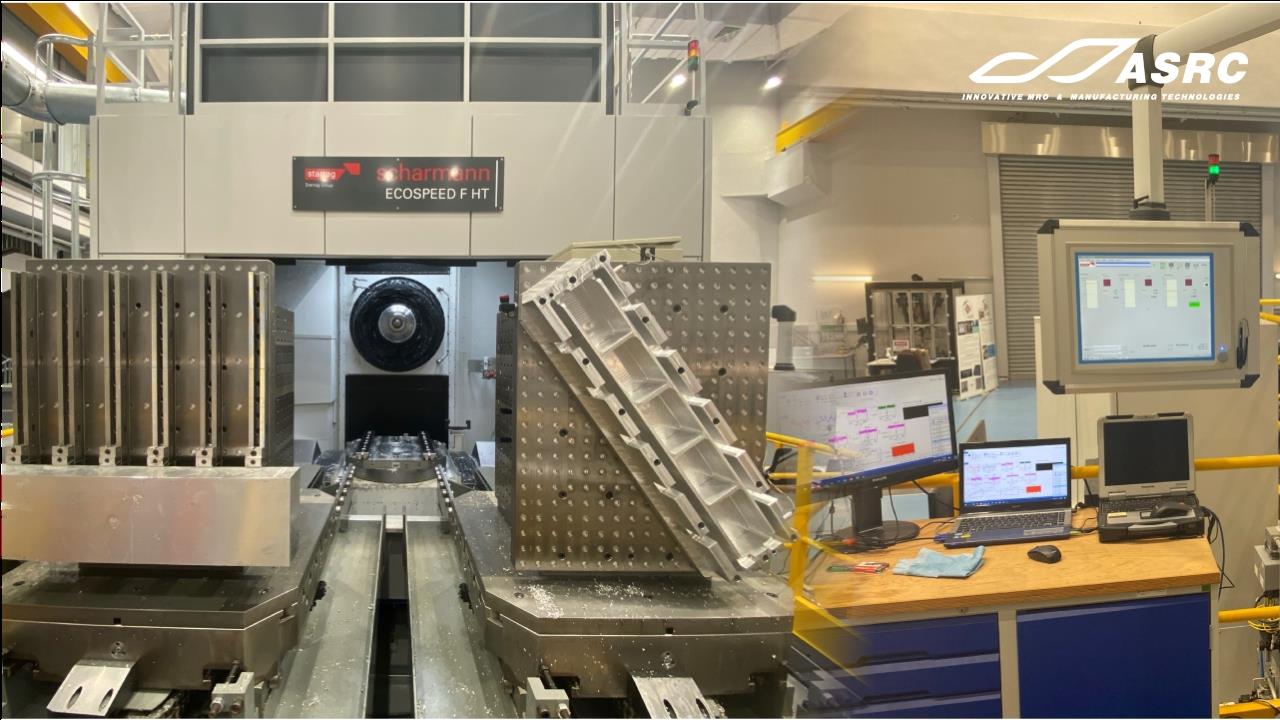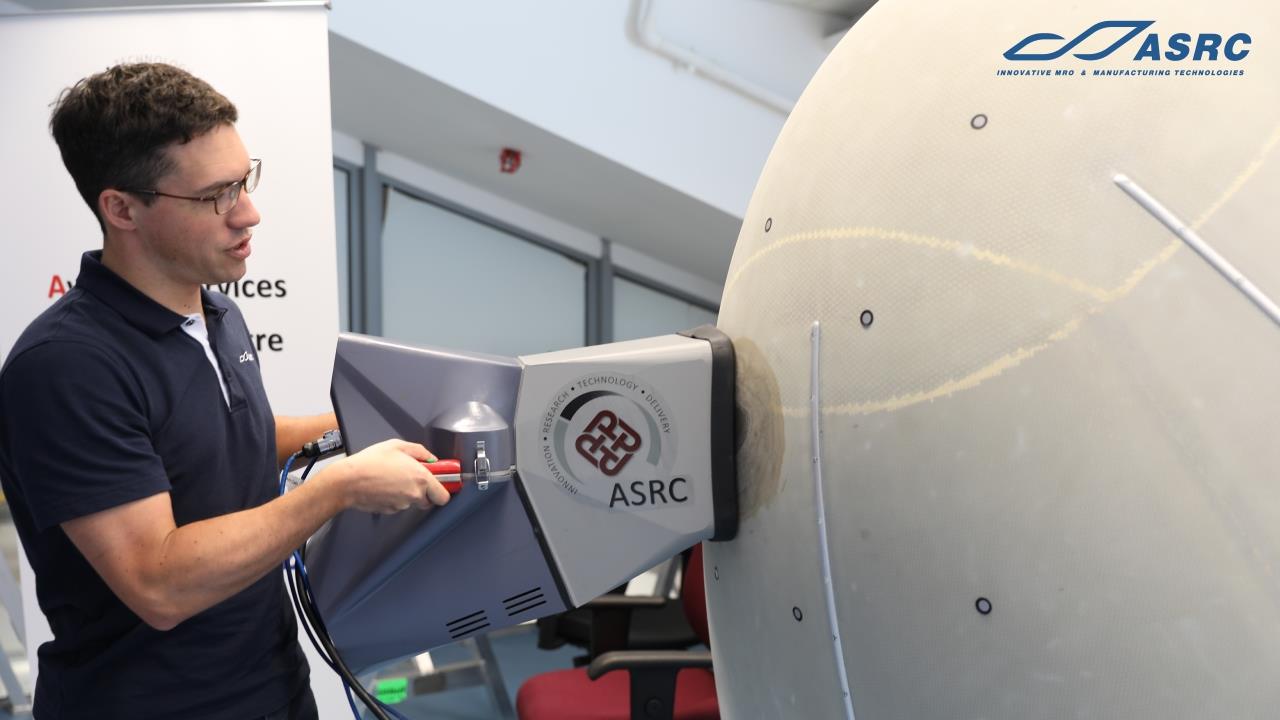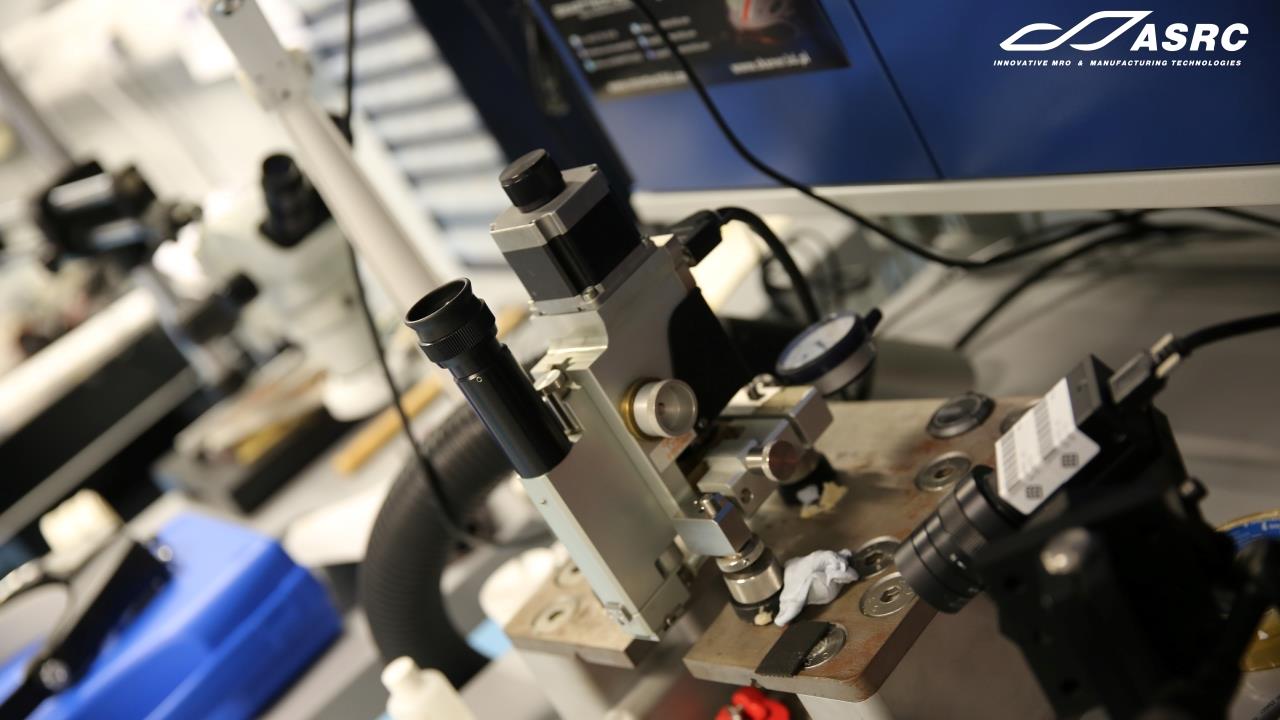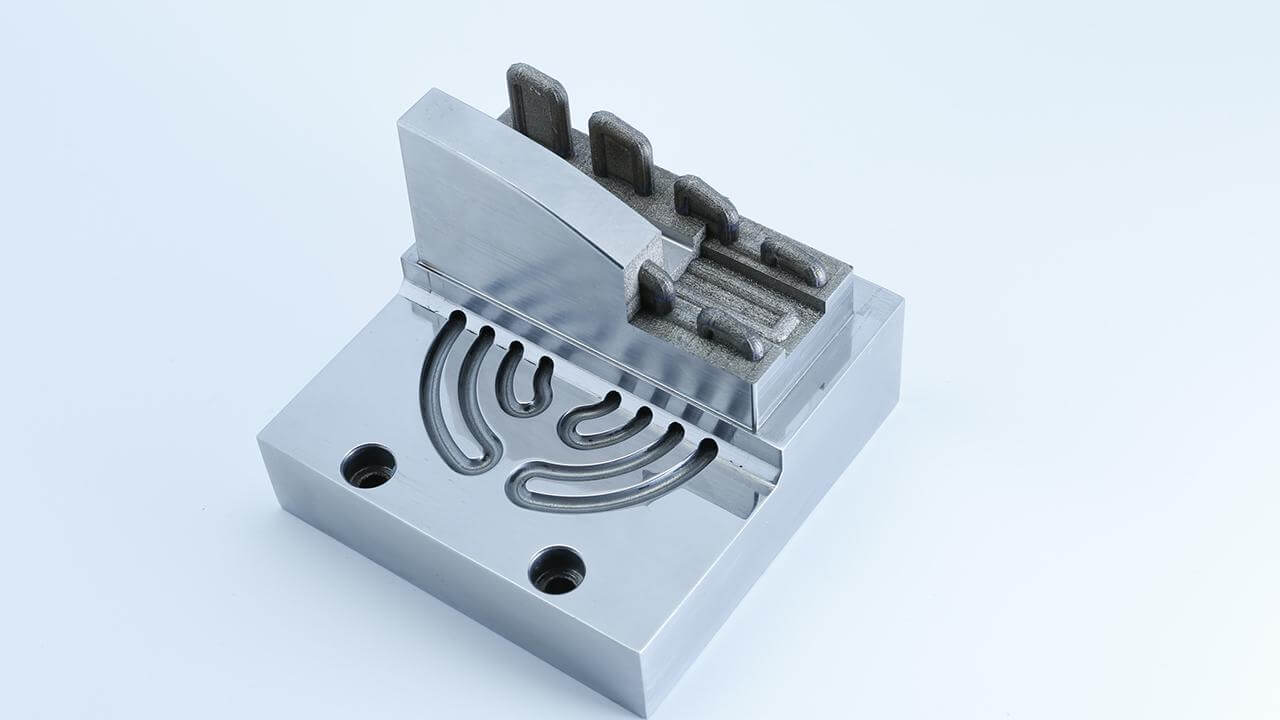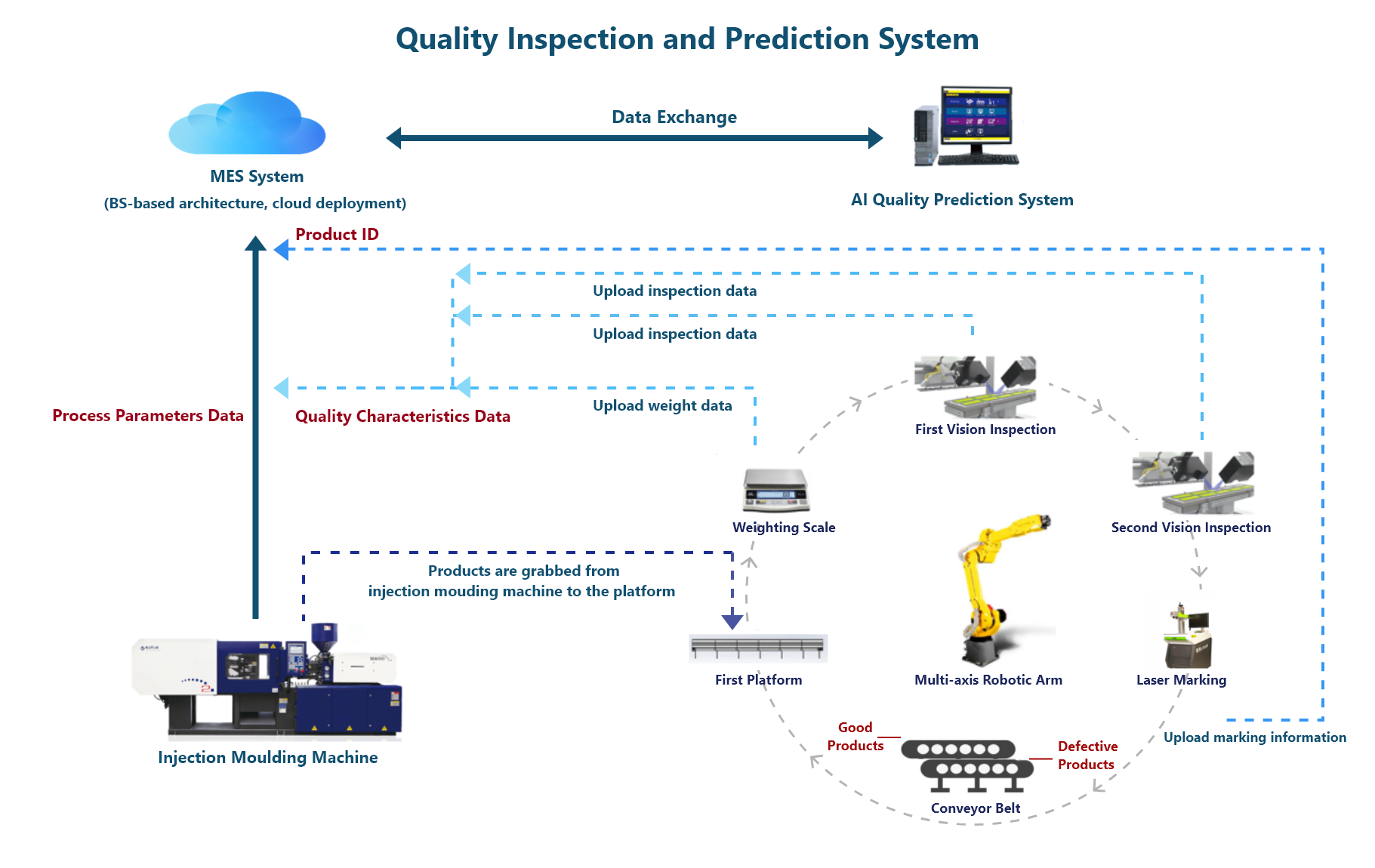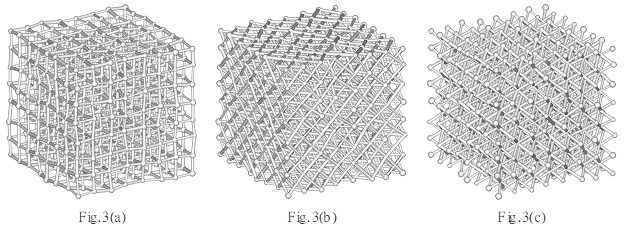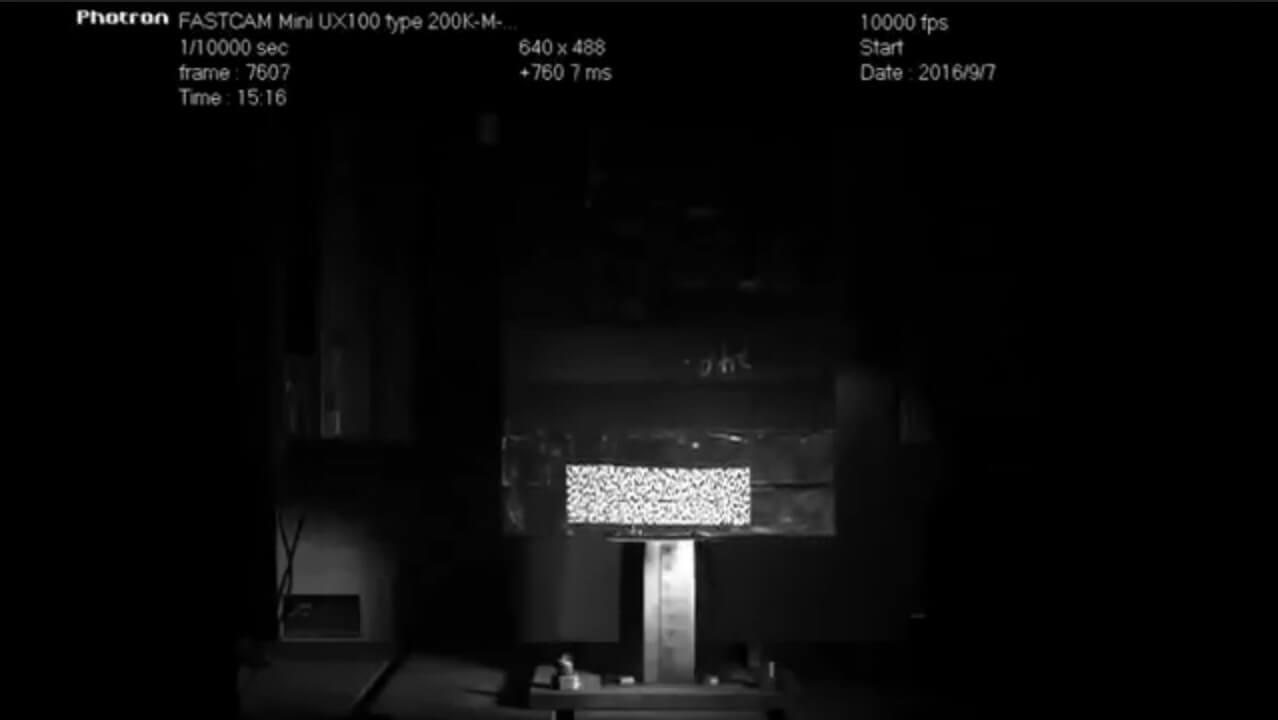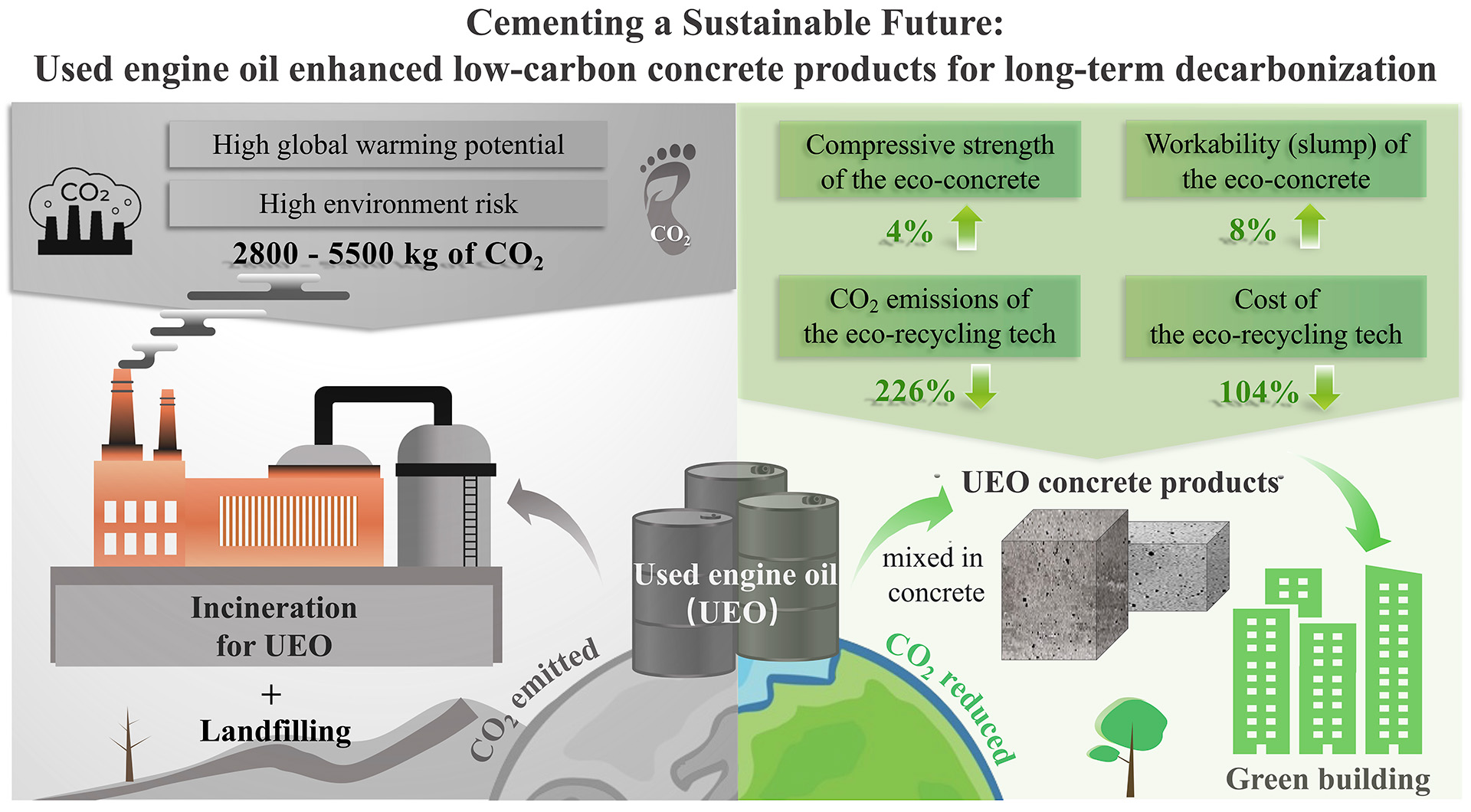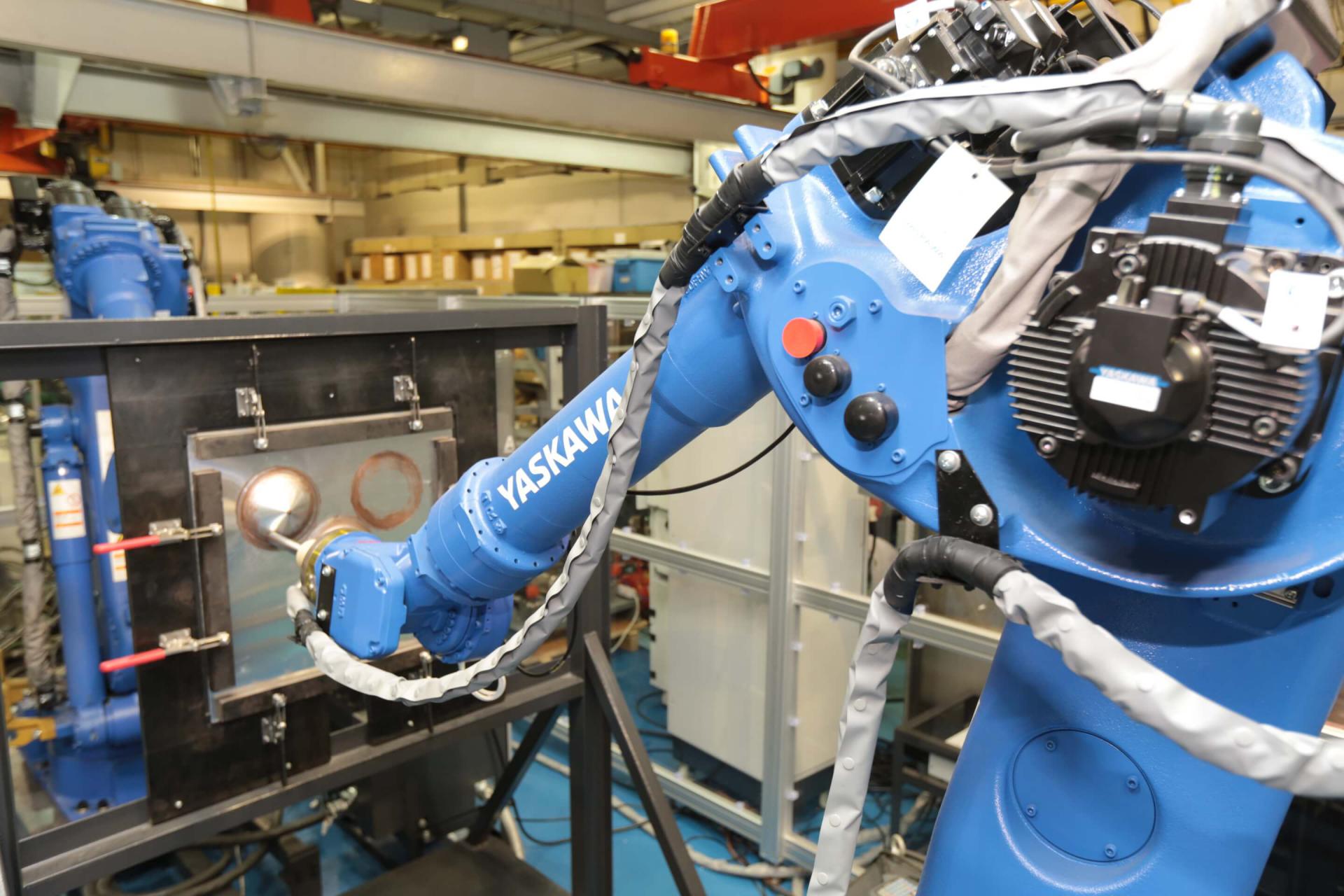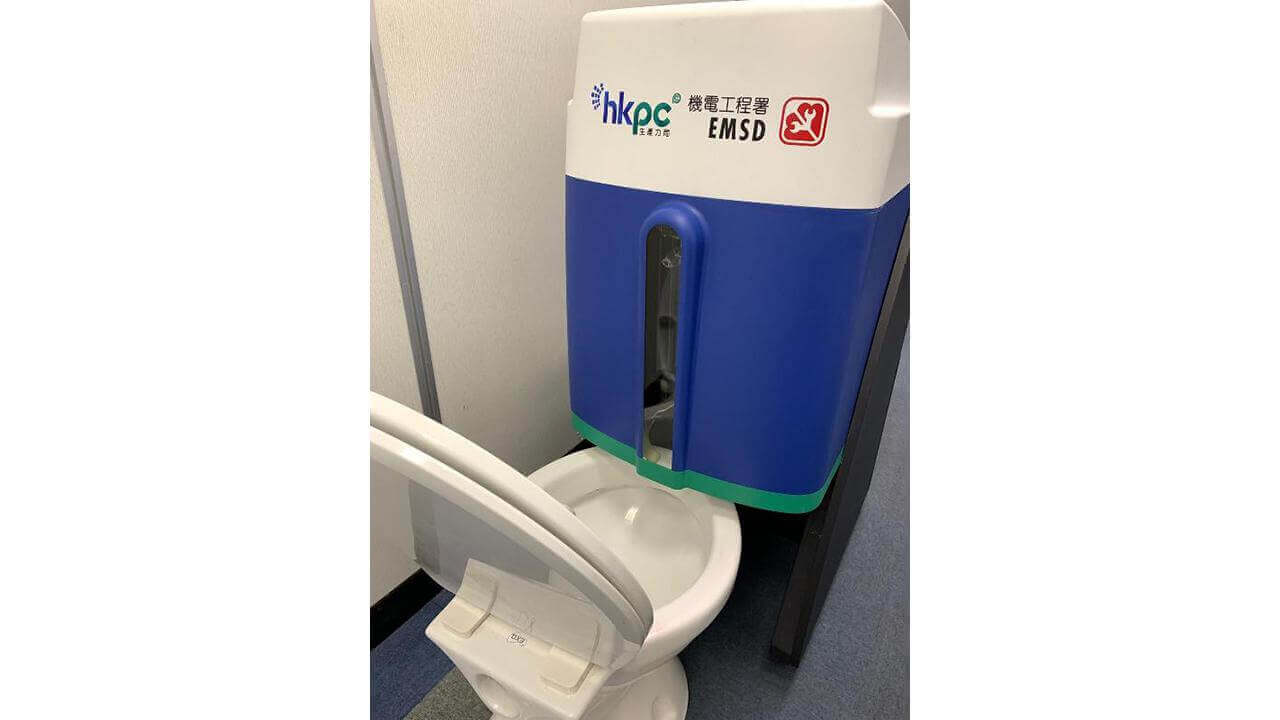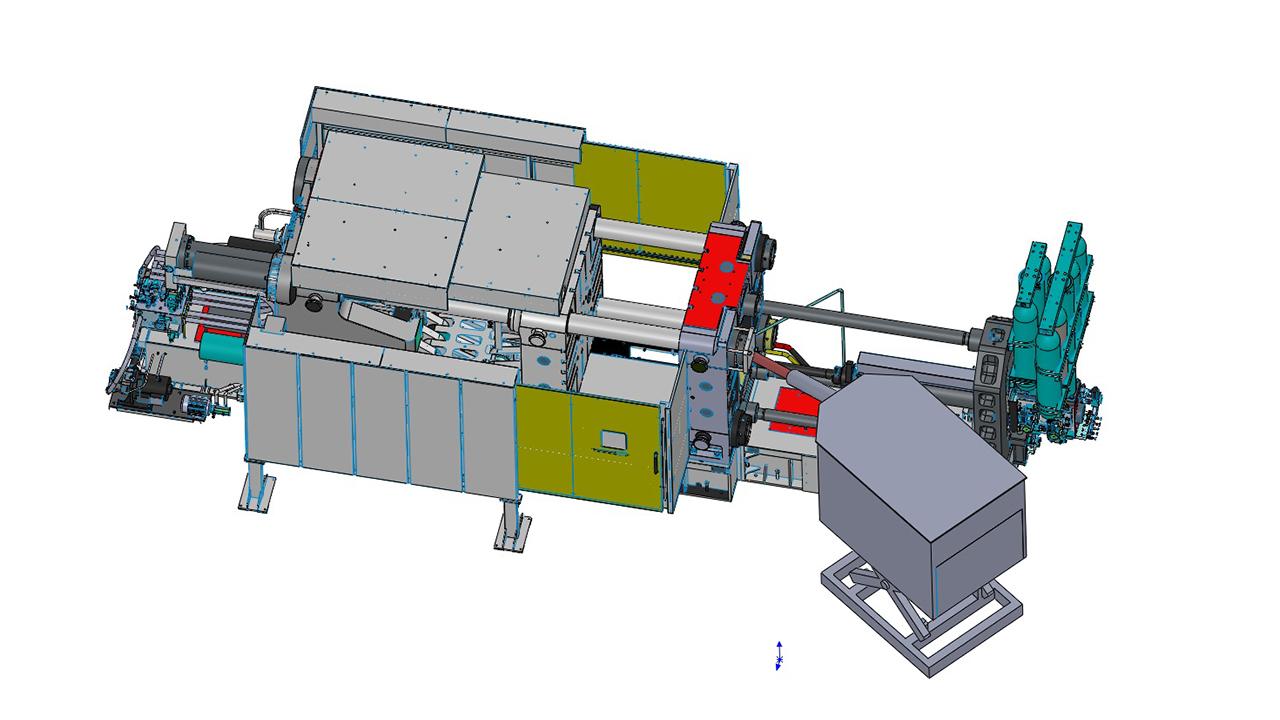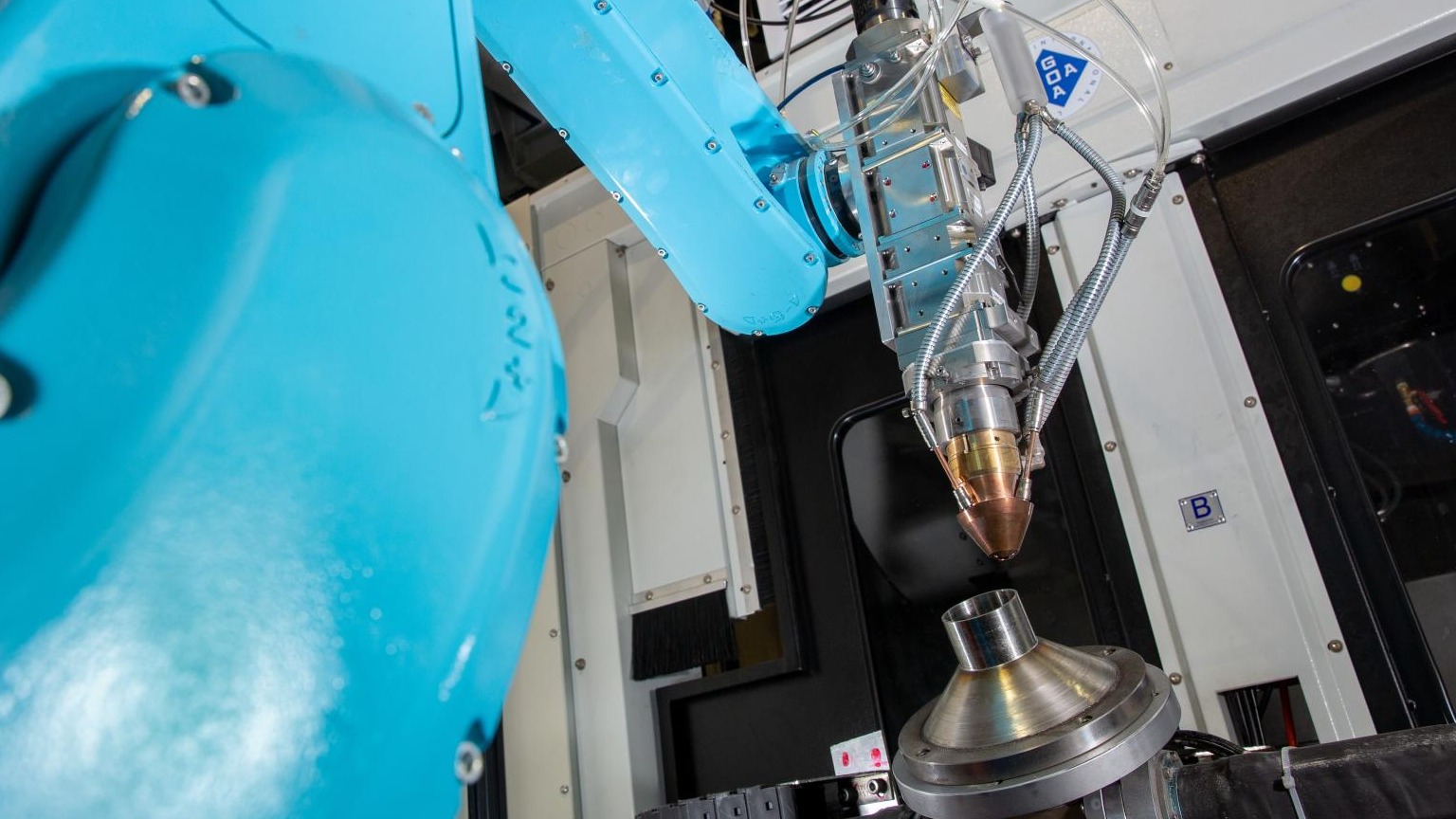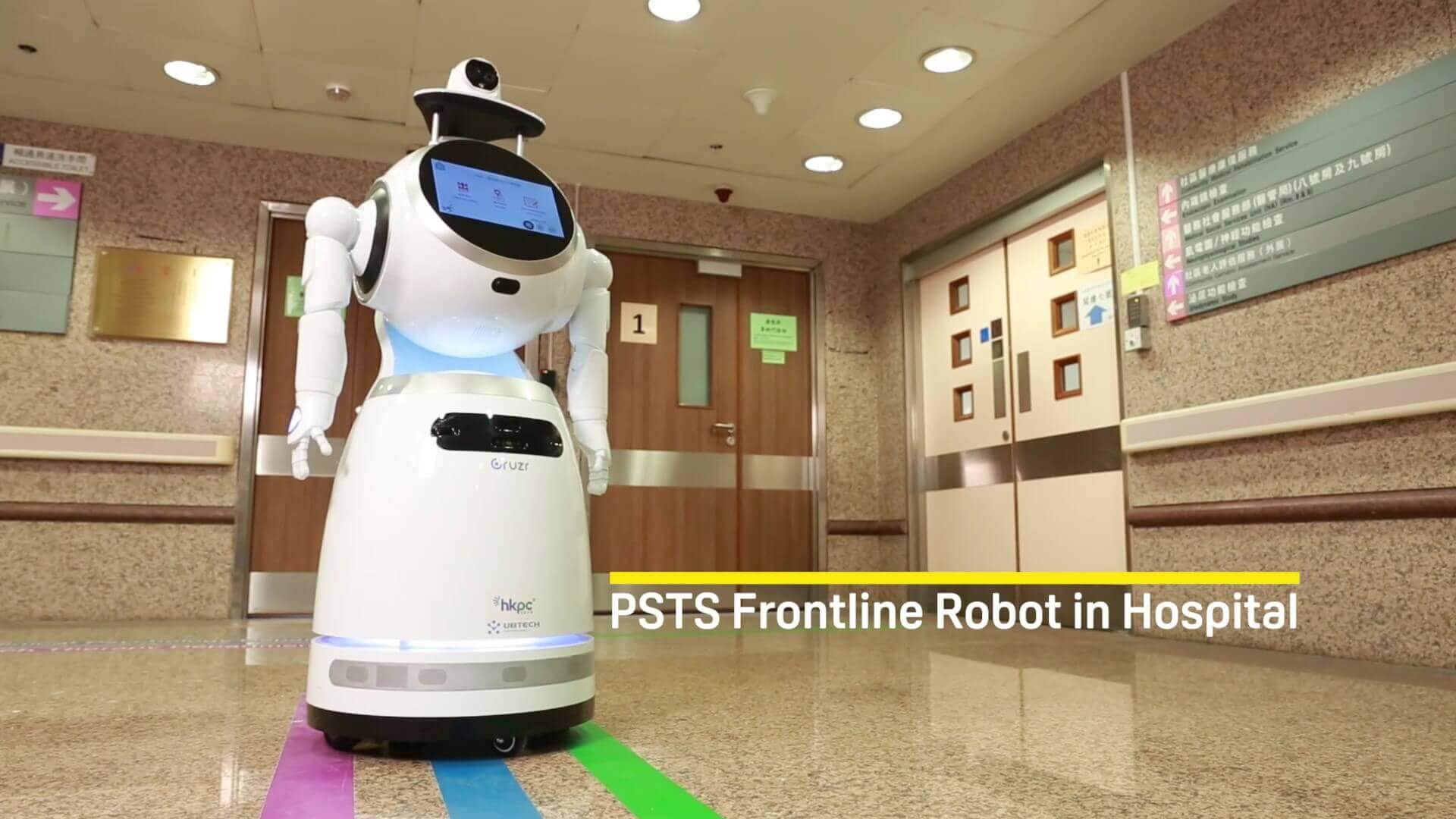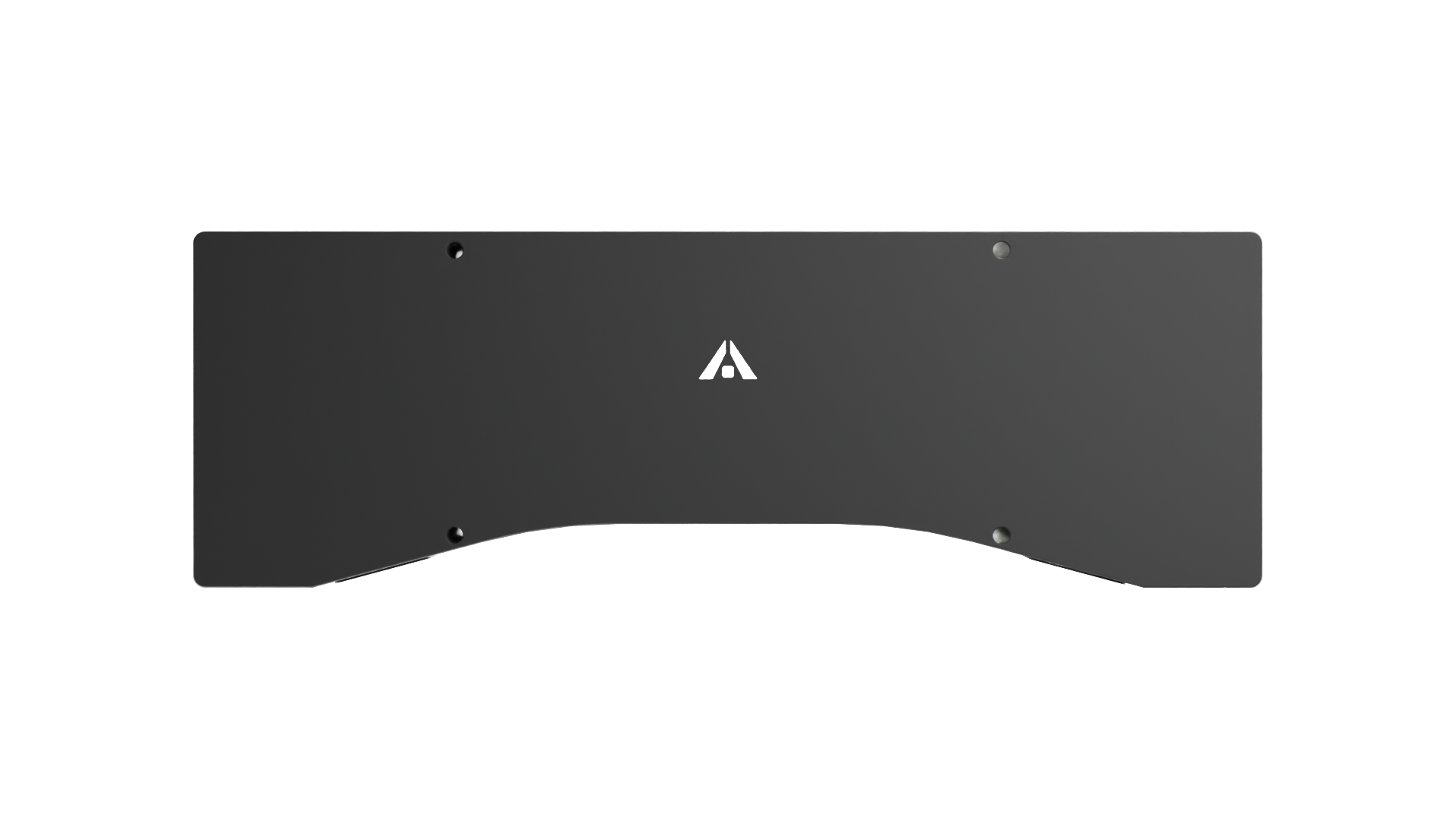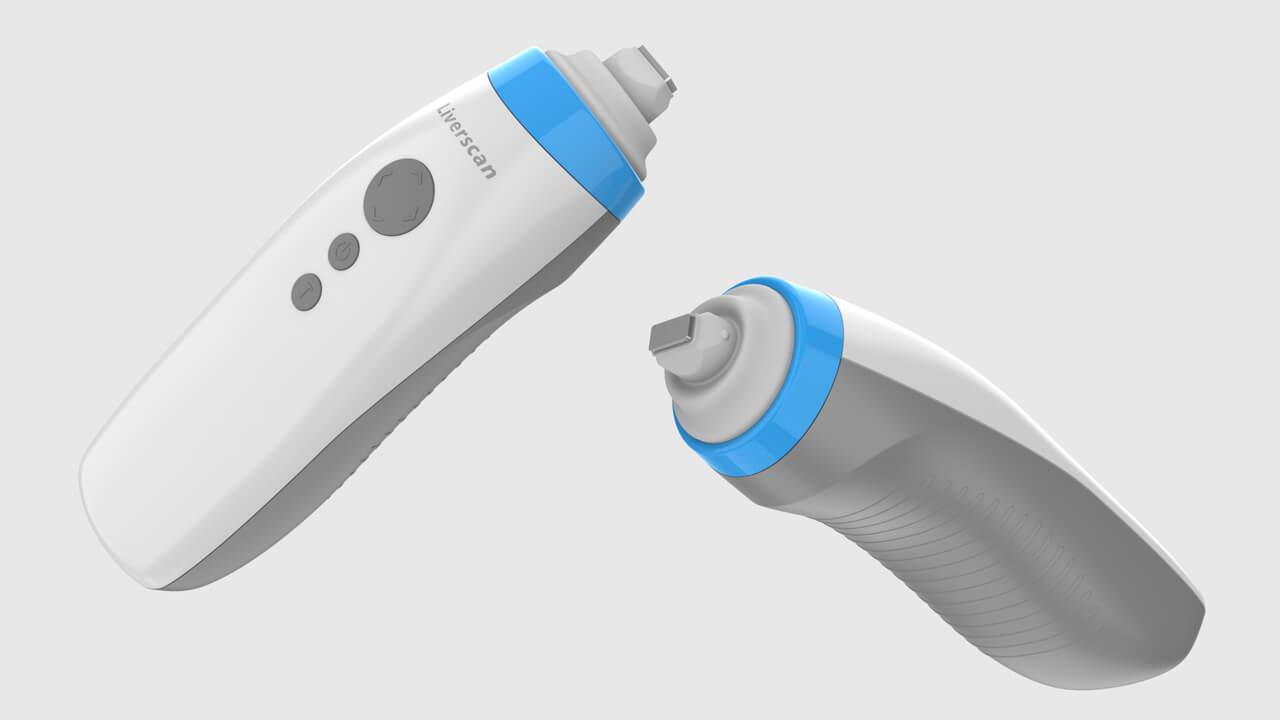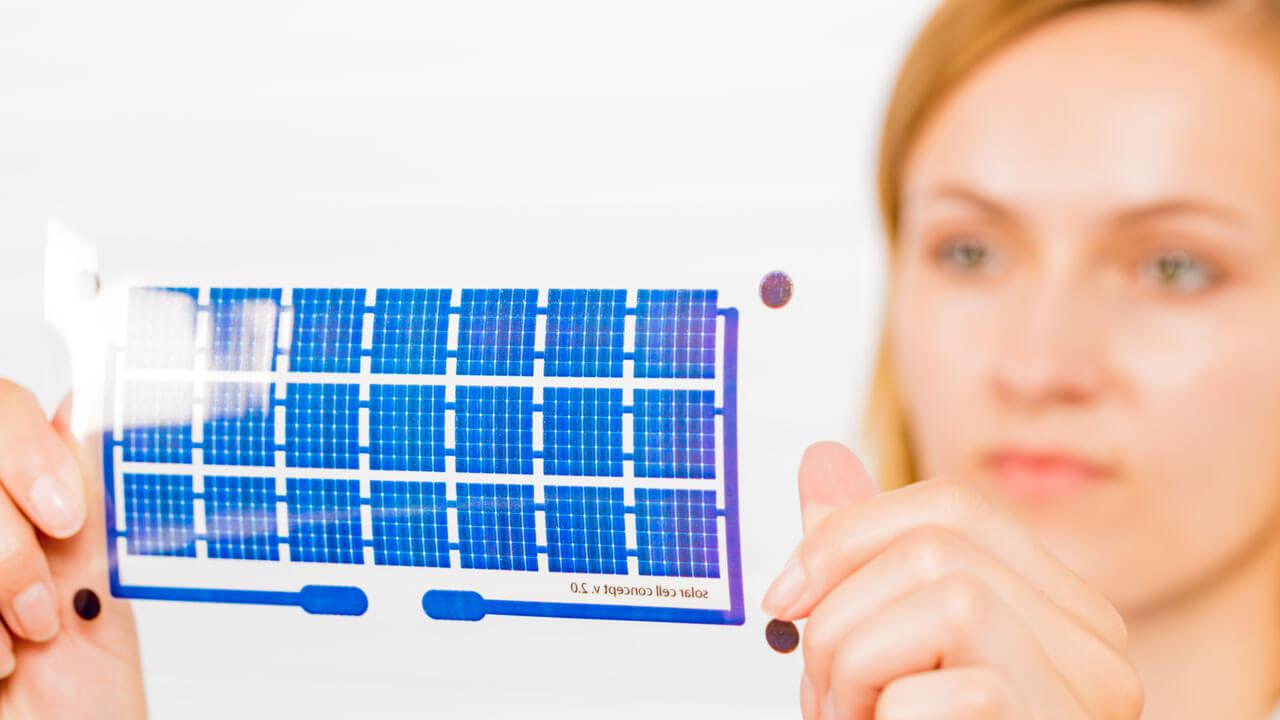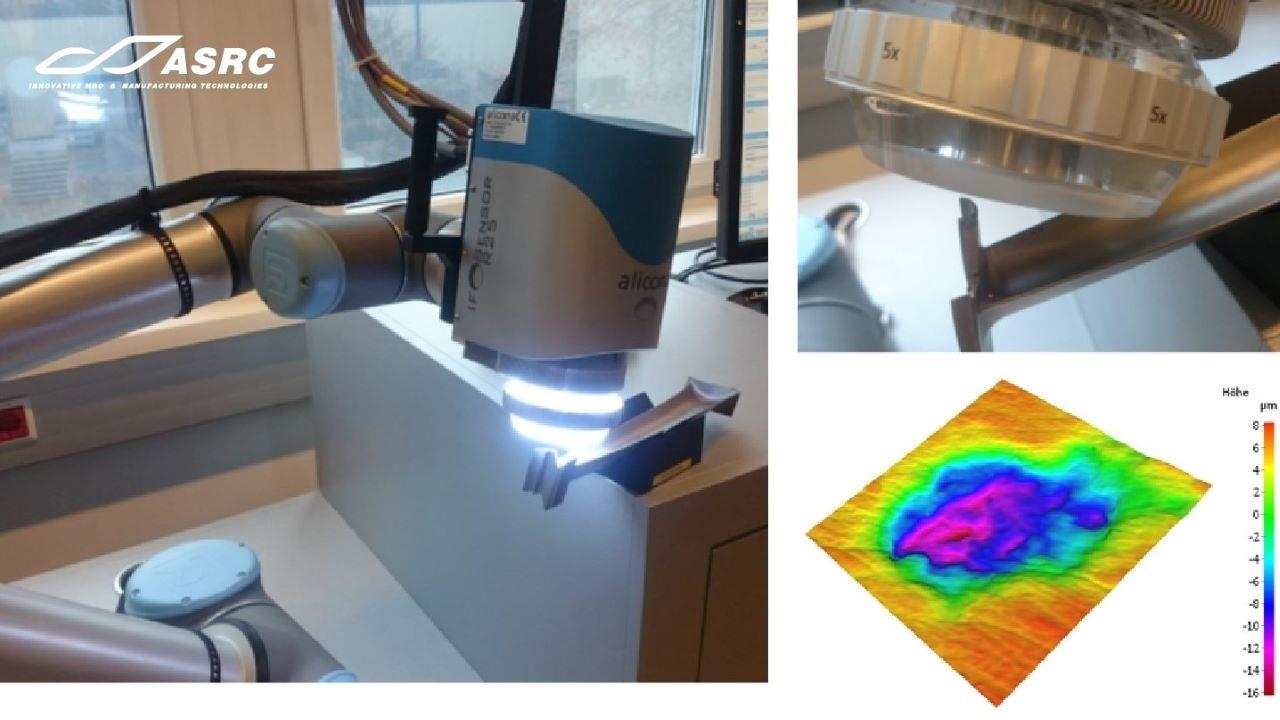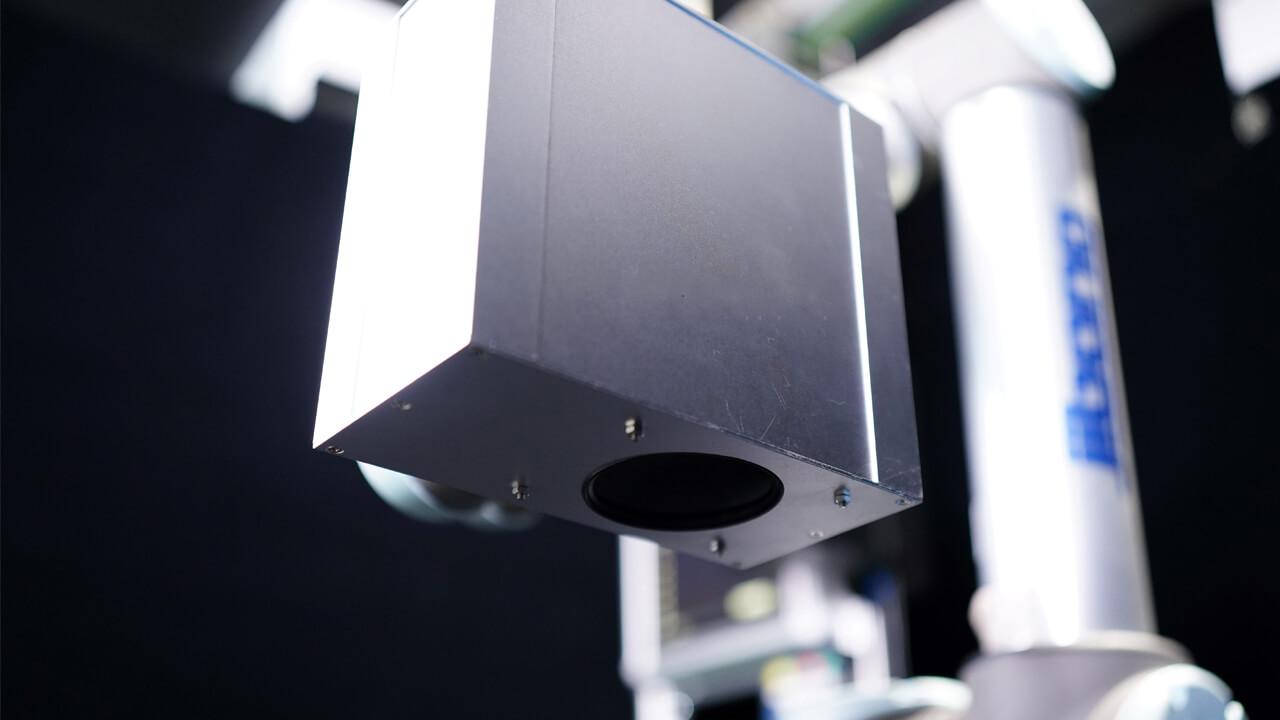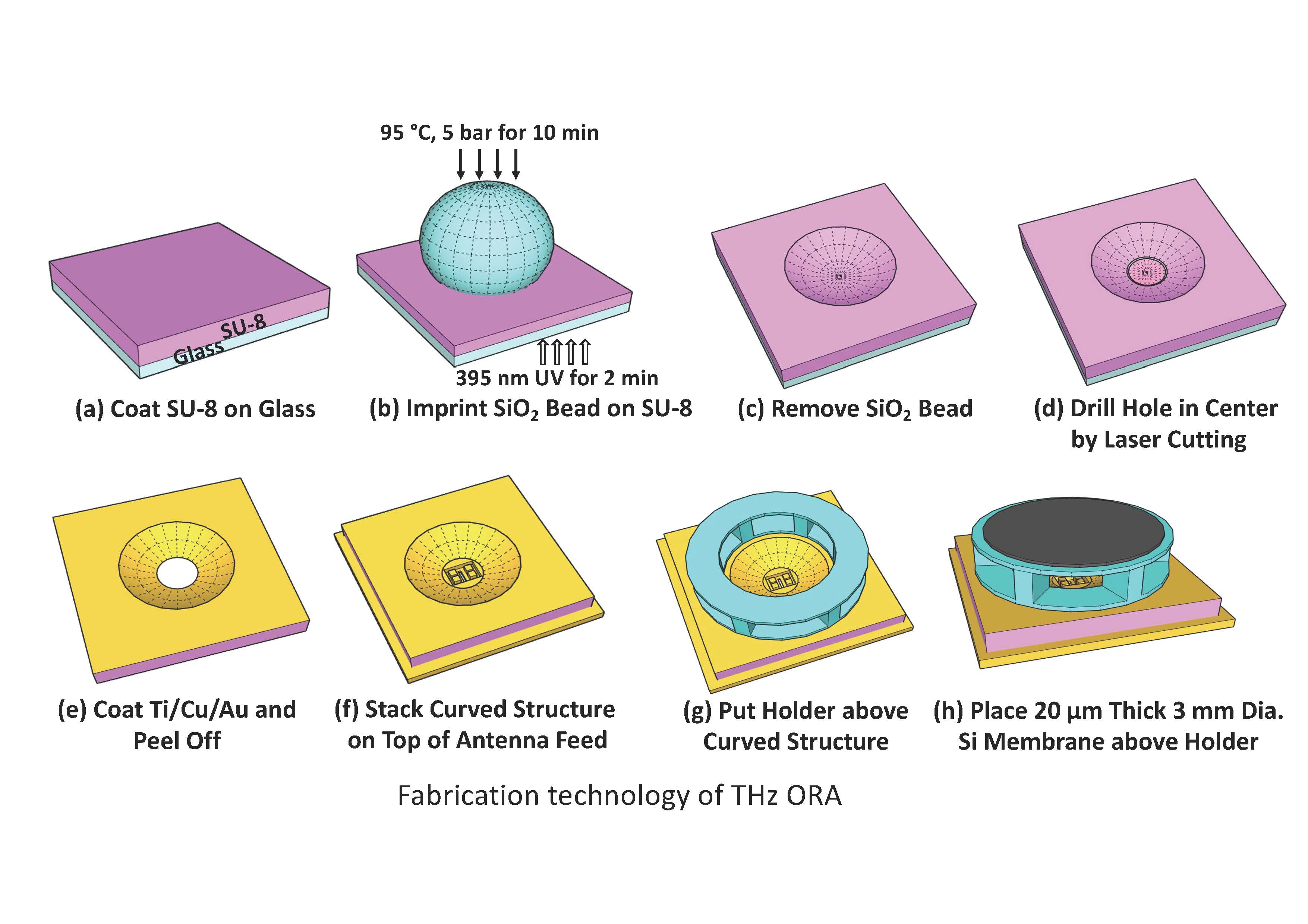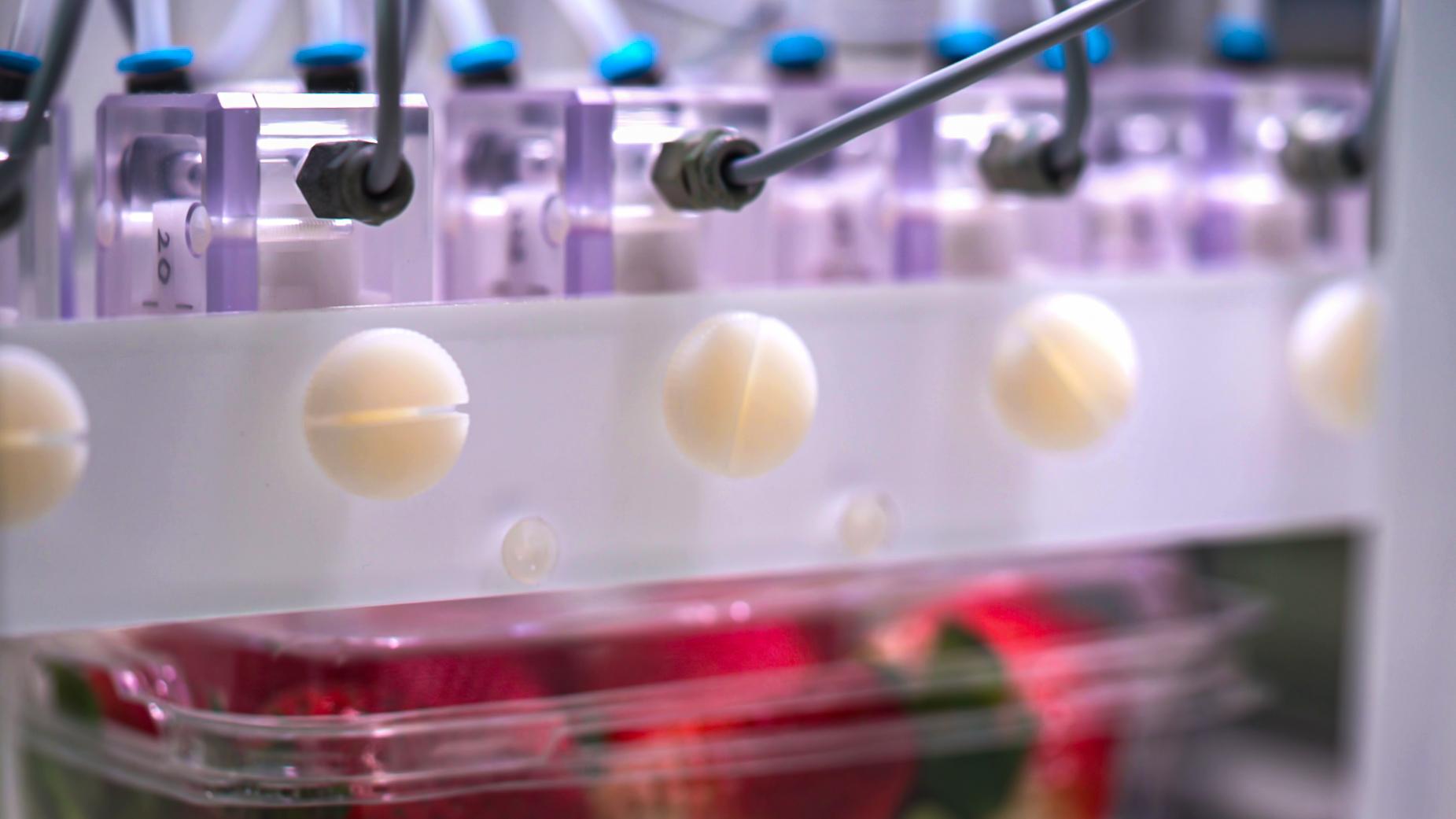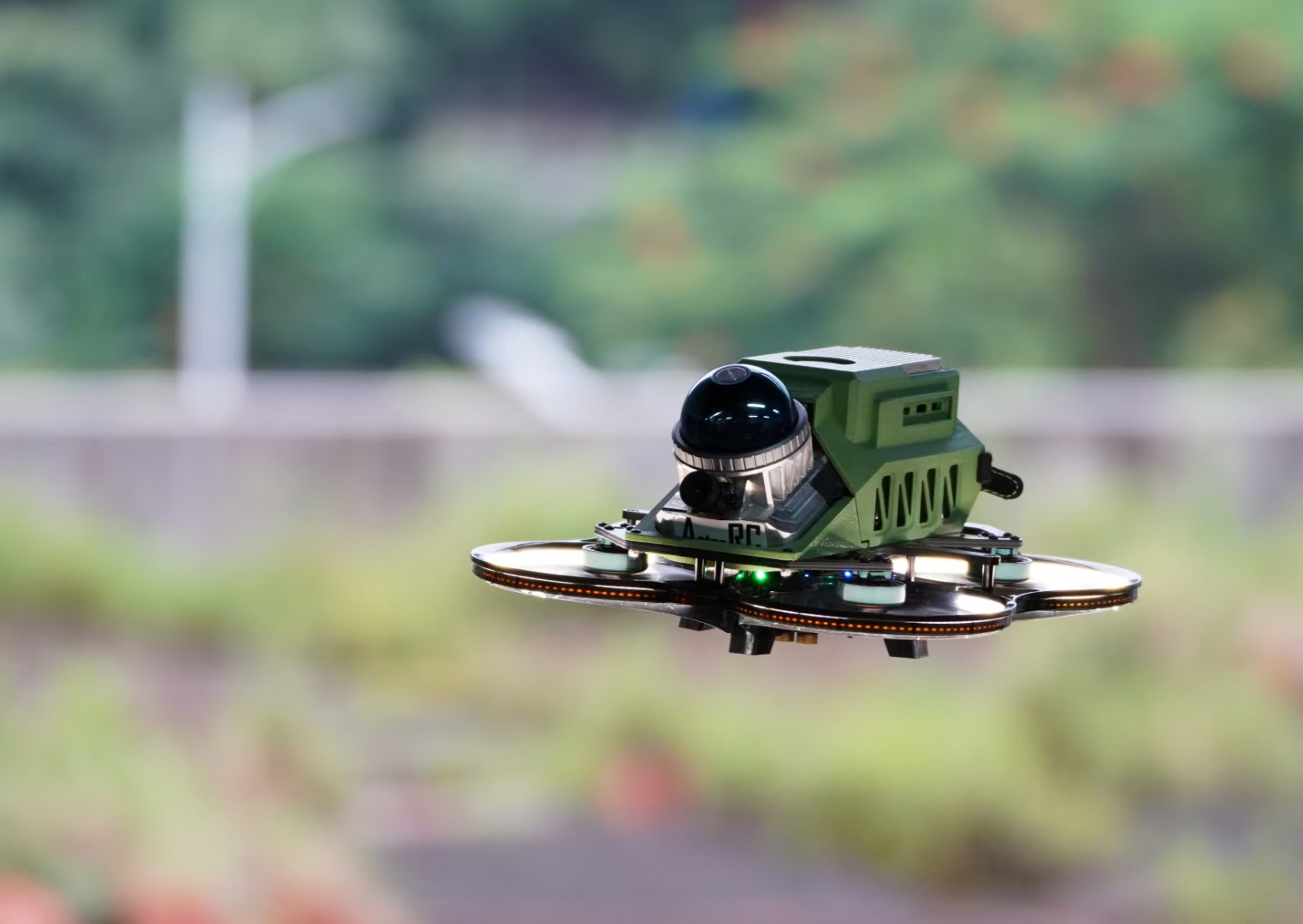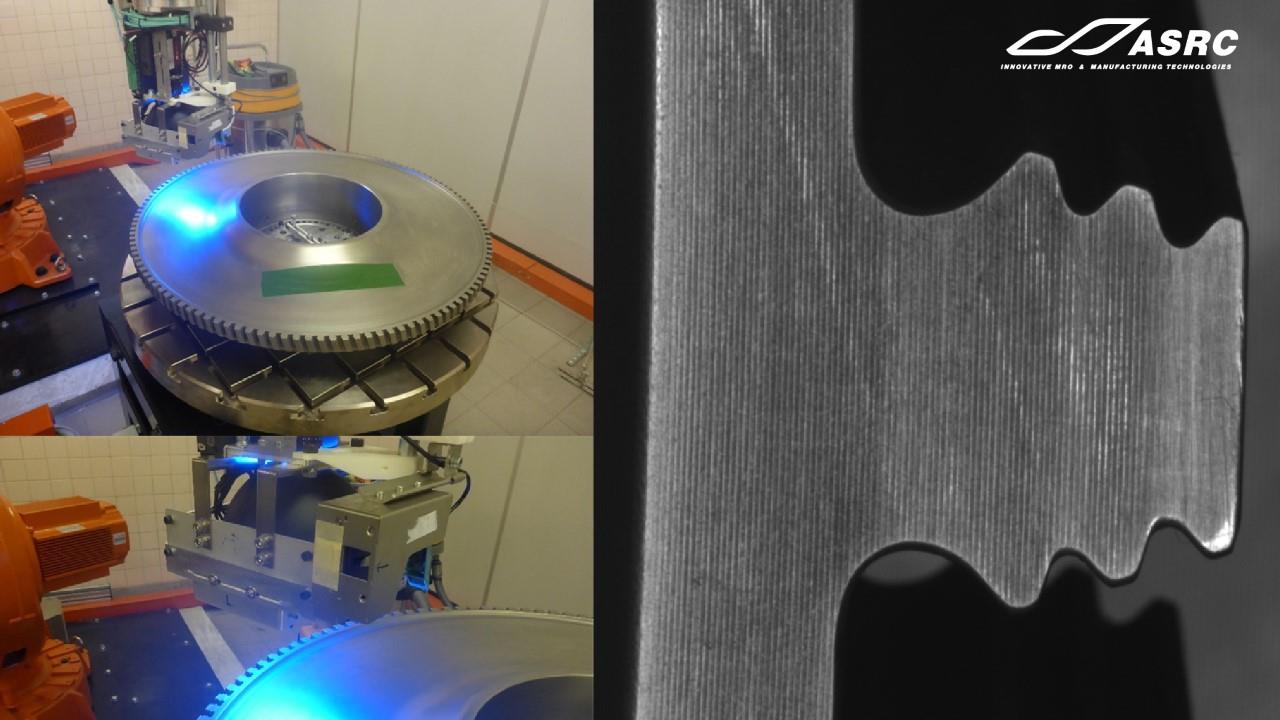
Non-Destructive Testing (NDT) of Fuel Tank Fasteners
The PolyU Aviation Services Research Centre (ASRC) has developed a novel NDT technique to inspect metallic and carbon fibre composite structures without the need to remove sealant. Damage such as cracks can be detected by induction thermography under a layer of sealant or other material (coating, stickers), thus making the inspection task easier.
Inspections inside fuel tanks or other confined areas is time consuming and challenging. The structure beneath each rivet must be visually inspected. To do this, the sealant covering all the rivets must first be removed. This process is time-consuming, as well as costly in terms of consumable abrasives.
- A new NDT technique, induction thermography, uses an infrared camera and an induction coil. The induction coil generates heat inside the material where the damage is located.
- In-house software has been developed specifically for the inspection process. It analyses all thermal images in 5 to 10 seconds, and provides a reconstructed image of the inspected area. Cracks as short as 5mm can be detected.
- The induction thermography technique allows for inspection through layers of other materials. Sealant, coatings, and stickers become transparent during the inspection process, so they do not have to be removed to inspect underneath.
- It takes about 1 minute to inspect an area the size of an A4 page. This is much faster than the current visual inspection, which requires the prior removal of any coating and sealant.
- The inspection result is displayed as a thermal reconstructed image that clearly shows the damaged area, making it easy for even an operator without experience to identify the damage that has occured. The size of the cracks is calculated and displayed on the final result image, which can be sent for further analysis.
- The system size is relatively small, which offers potential for automation if installed on a robot arm.
- Inspection inside aircraft fuel tanks or on any other part which needs to be inspected for cracks, for example aircraft fuselage frames.
- Damage inspection of tanks for the transport industry.
- Inspection for cracks in the oil and gas industry.
With over 80 years of proud tradition and ranking among the world’s top 100 institutions, The Hong Kong Polytechnic University (PolyU) aspires to be a leading university with world-class research and education.
PolyU is a home for educating thinkers, discoverers, innovators and communicators in delivering positive impact. We are committed to nurturing tomorrow’s leaders today, through a holistic education that provides graduates unrivaled placements to thrive in communities, industries and businesses.

